|
The Scenic Eclipse’s owner wanted non-billionaire friends to experience the billionaire luxury yacht experience. Count yourself in. 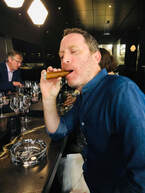 The chef presents a burrito cigar, filled with chicken, salsa and guacamole, resting on a thick glass ashtray you haven’t seen since 1978. Next up is a slice of marbled Jack’s Creek Australian steak sizzling on hot pebbles, blow-torched to order, medium rare. Now the glazed fois gras lollipop, served on candy floss which is melted with chili-infused vinegar spray. There will be ten of these courses, each accompanied by a crystal glass of fine wine from every major wine-producing region. Am I in one of Vancouver’s new Michelin-star fine dining restaurants? No, I’m a passenger on the world’s most luxurious passenger yacht cruising off the Pacific coast of South America, and this is not even the most memorable meal of the week. In the wake of the pandemic, cruise ships appear to be sailing in two different directions. There are the massive floating resorts appealing to the masses (MSC’s new Wonder of the Seas can accommodate a record 6988 passengers). Then there are the small, extravagant vessels that promise comfort and decadence beyond imagination. With just 114 suites housing 228 guests across five decks, the 168-metre long Scenic Eclipse sails firmly into this harbour, billed as The World’s First Discovery Yacht. This means it can safely navigate Antarctica and the Northwest Passage just as easily as it can cruise the Mediterranean or South Pacific. It also means that each extra-large, sound-insulated cabin has its own butler, electronically customizable beds, Dyson hair-dryers, all-inclusive mini-bar, balcony, gourmet coffee maker, and oversized rain shower bathroom. -Boarding the Eclipse in Lima on a 9-day sailing to the Chilean capital of Santiago, the lush expansive lounge, beaming staff and towering bar all look impeccable. Doting, attentive and highly trained international crew outnumber guests three to one. The Eclipse was inspired by the Australian owner’s desire to offer his non-billionaire friends the billionaire luxury yacht experience. Forget the tiresome nickel and dime cruise dance, because everything is included: all premium alcohol, wifi, offshore excursions, all nine dining options, entertainment, kayaking, paddle-boarding, even your crew and driver tips. You do however have to pay to ride the two on-board helicopters and comfy submarine, along with expansive spa services that include a range of massage, hair styling and nail services. Considering the pricey rack rates for this bucket list cruise experience, those costs might feel like a drop in the ocean. 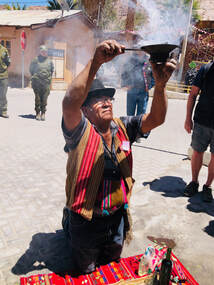 Receiving a blessing in Codpa Receiving a blessing in Codpa “Honey, there’s a sperm whale chilling off our balcony!” My wife is enjoying her long hot shower (the ship desalinates up to 200 tonnes of seawater every day) and misses the unexpected wildlife moment. Gathered for their daily wildlife briefing in the lounge, the ship’s marine biologists, naturalists and guides are suitably impressed. A sense of discovery, immersion in nature, and taking advantage of the ship’s many toys are baked into the Scenic Eclipse experience. Our particular itinerary, an annual repositioning called Latin American Delights, offers mostly land-based cultural excursions as the Eclipse makes her way south for another busy Antarctica season. In Paracas, Peru, zodiacs take us to the Ballestas Islands, where pungent guano is mined for fertilizer and hundreds of thousands of seabirds nest in dramatic cliffs reminiscent of the Galapagos. The following day, flamingos and migrating birds await us in the protected Meija Lagoons, an hour’s drive from the historic town of Matarani. Relieved to welcome the first cruise ship to visit the port town in two and half years (Covid and political unrest battered regional tourism in Peru), locals pull out all the stops in appreciation. We dance, drink pisco, and smile for local media. Sailing into Arica, Chile, we leave the ship to explore the culture and alien landscapes of the Atacama. Life is in constant battle with the elements in the world’s driest desert. In a small desert village called Codpa, the resident shaman’s blessing over smoke, sweet wine and coca leaves feels deeply authentic. Each afternoon, we return by bus to the Eclipse’s decadent bubble of luxury, greeted with hot towels, spotlessly clean rooms, twinkling live piano music, courtly service, and a complementary cocktail bar of dreams. Whatever region of the planet you explore on this striking vessel, expect a jarring contrast onboard to the world you’ll discover onshore. There are 135 different types of Scotch and whiskey at the bar, and recognizing the opportunity, I’m determined to taste as many as I can. Each dinner menu is a conversation starter, each dish over the top. Even at full passenger capacity, the Eclipse is designed to accentuate opulent space and comfort, hence her ten dining experiences when the outstanding Yacht Club buffet could easily suffice. Hell, the 24-hour room service menu would easily suffice. Smiling staff are eager to satisfy any guest request. Truffle fries at 1am in the morning? Yes sir! Changing one of the six types of available pillows before turning in? Yes sir! Expect indulgent French cuisine in Lumiere, melt-in-the-mouth sushi at Kokos, grilled rib-eye steak and lobster in Elements, and expensive wine that just doesn’t stop flowing. My favourite meal is the Night Market, where a wonderful chef named Strawberry (yes, that’s her real name) exhibits her culinary creativity across eight courses of Indian, Middle-Eastern or Asian-inspired dishes that defy description. Her blueberry folded gelato served with curry-buttered popcorn and compote will haunt my tastebuds forever. Corporate Executive Chef Tom Götter’s commitment to sustainability and reducing food waste permeates everything: food scraps like vegetable peels and kitchen castaways are dehydrated and turned into fragrant ‘dusts’ and spices. All the gelato and baked goods are made onboard, while fresh herbs grow in specialized cabinets inside Epicure, which hosts cooking classes and beverage tastings. The Eclipse burns low sulphur diesel, and when liquid natural gas starts powering cruise ships, I expect Scenic – which operates luxury river cruises in Europe and has more ocean ships under construction - will be among the early adopters. Initiatives like digital labels updated daily in guest cabins might eliminate paper, although any readers seeking a sustainable vacation won’t find it on an engine-powered cruise ship, at least for now. As we approach our final port of Valparaiso, heavy wind and high waves pound the ship, so I head to the bridge to see how our affable captain is dealing with it. The technology and engineering inside the Eclipse is mind-boggling. Oversize six-metre-long stabilizers have been deployed on either side, large enough to keep passengers steady on much larger ships. There’s no rudder, as each prop can rotate 360-degrees, while the ship can maintain her position without dropping anchor thanks to GPS positioning. Bridge crew welcome guest visits from 8am to 8pm, patiently explaining to us how the ship works, and allowing the obligatory captain’s chair photo. I can’t stick around though, I’ve got a manicure booked, and want to iron out my back in the infra-red sauna before tackling a half-dozen fragrant Speysides at the bar. “Who the hell lives like this?” I ask my wife, busy scrolling on-demand movie selection on our cabin’s wall-sized flat screen TV. We need a few hours to digest the 10-course Chef’s Table dinner, featuring that burrito cigar, as well as coconut ceviche, braised BBQ rib, smashed mango-curry lamb chop, and a literal homemade chocolate fudge explosion. In fact, we’ll need a few years to digest the overall Scenic Eclipse experience. Together we’ve come a long way from our first cruise onboard a typical floating hotel with packed pools and excessive buffets. Luxury small ships like the Scenic Eclipse cater to a different clientele chasing unique and exclusive experiences. Pricey it may be, but passengers will delight in that rare opportunity to get far more than what you pay for.
Visit www.scenic.ca for more information about Scenic Eclipse itineraries.
0 Comments
“Don’t you ever just read a Grisham?” comments one of my friends. It’s been a busy summer, making up for summers past as travel returns to its pre-pandemic boom. After Tahiti and Sudbury, I dropped my bags, picked up my six-year-old son Galileo, and hopped over the Rockies to see what Calgary is up to these days. In a city accustomed to booms and busts, the boom is back. We’d spend a few days researching the urban and regional attractions that met my ‘bucket list’ criteria, chasing columns and new chapters for the upcoming second edition of The Great Western Canadian Bucket List. There would be time for bedtime stories, but that’s about it. . We kick off with the Yamnuska Wolf Dog Sanctuary outside of Cochrane, a facility that rescues and shelters hybrid animals that belong in neither a domestic or wilderness environment. That doesn’t stop idiots breeding wolf-dogs, for idiots who think it would be cool to own a wolf. What they get are shy yet aggressive animals that make terrible pets, with untamed instincts requiring constant attention and secure zoo-like enclosures. Breeding wolf dogs is, inexplicably, legal in Alberta. The sanctuary does a fantastic job educating the public, looking after the animals they rescue, and advocating for both wolves, canines and hybrids. Next we drive into the foothills of the Rockies to spend the night with Tracey and Tim at Painted Warriors, a hands-on Indigenous cultural and wilderness experience that invited conversation around the campfire, archery in the forest, star-gazing, and nature walks. Among many other things, I learn I’ve been aiming with the wrong eye all my life (no wonder I always miss), how aspen makes natural sunblock powder, and that a professional archer can hit the top of a golf tee from fifty yards. Above all else, I learn yet again that meeting good people always results in a good time. We drive back to the city, pick up outrageously good smoked meat sandwiches and ice-cream at the Calgary Farmers Market, and head across the highway for Downhill Karting. It’s the same luge contraption I discovered many years ago in New Zealand outside of Rotorua, and it’s fun to share the experience with my delighted kid. It’s the first time we’ve done a trip just the two of us together, and while Gali doesn’t have gunpowder energy of his Tahiti-toting sister, he’s observant, measured, and willing to give everything a go. We’re here for a good time, not a long time, so it’s off to Lazy Day Rafting Rentals to float down the Bow River and experience one of Calgary’s more iconic summer activities. Gali super-soaked ducks and geese as the river gently floated us from our entry point to the Bow River Pathway Bridge. Drop off the boat, check-into the Residence Inn, and stroll over to The Mash, which upcycles grain from a microbrewery into delicious pizza dough. My pizza had everything on it, Gali ordered plain cheese. One day he will order toppings, add Tabasco, and say: “So this is why you order pizza with everything on it.” I look forward to that day. We’re heading out the city again, but before we do, we pop into the National Music Centre to see Randy Bachman’s insane guitar collection, learn about Canada’s outsized role in the history of popular music, mix some beats, and gawk at the 64-foot one-man orchestra known as the Kimball Theatre Organ. We pop into the Hangar Flight Museum by the airport, and hit the road for the Good Knights Medieval Encampment for an evening of medieval glamping. This is an actual thing, and as you can read in my column for Canadian Geographic, it’s a very fine thing indeed! We dressed up, threw fake axes, jousted with real swords, and watched lords and ladies dance under the big prairie sky. We’d immersed ourselves in a fun, family-friendly world that is one-part history and one-part Lord of the Rings / Game of Thrones / Dungeons and Dragons fantasy. The things you can do in Canada never cease to amaze me. A few days later, we’re out the country so I can take my kids to a place I swore I’d never take them to. You can read all about it here, with an honest column that I hope captures the parent’s experience of Disneyland. I’m not a theme park kinda guy, but visiting Disneyland was never going to be about me: it’s all about the kids, and the kids had a great time. We stayed the Grand California over the 4th of July weekend, when the park was heaving with visitors. The Genie + pass was essential to avoid the line-ups, but we probably should have eased Gali into the rides before kicking things off with a dark rollercoaster of Space Mountain. I don’t think he’ll ever forgive me. His sister, meanwhile, gravitated to the fastest, loudest, scariest rides. It’s remarkable these kids came from the same womb. I turned a shade of lime after the rollercoaster and falling elevator rides in Disney Adventure Park. In truth, the ride I was looking forward to most was a Harley Davidson Road King waiting for me back in Vancouver. Last year I researched a story about renting a Harley from EagleRider Rentals in Vancouver, joining a bike crew on a road trip up Vancouver Island, ferrying to Bella Coola, and back through the BC interior. A year later, I join most of the same group (which happen to include the excellent Daniel Cook Band), and we roar off for a four-day loop of Vancouver to Osoyoos to Nelson to Lillooet to Vancouver. Once we got out of the congested city and past the summer construction, our bikes could blitz through the sweltering, rolling countryside. Motorcycles were out in full force, giving the eponymous biker wave when passing each other. Daniel and his band busted out their instruments in the evenings, which added a wonderful dimension to the trip, and delighted large groups of bikers with an impromptu roof top party at the Adventure Hotel in Nelson. We swam in the warm waters of Christina Lake, did a long, knee-cramping day in the saddle, played obligatory games of cribbage and did a memorable sidewalk jam in Lillooet. The diverse landscape and excellent roads of British Columbia delivered the goods. I’ve joined EagleRider’s membership program, and look forward to making this an annual tradition. A weekend in Birch Bay, Washington (or as I like to call it, Canada in the USA), back across the Rocks for a wonderful wedding at the River Café in Calgary, and we’re up to date! I’m leaving early tomorrow morning to hike the East Coast Trail in Newfoundland. July has been one for the books, but it’s going to get really busy in August. Reading a Grisham can wait.
It’s difficult to describe the cultural whiplash, the immaculate jet set disorientation, that accompanies any traveller finding themselves in Bora Bora one day, and Sudbury Ontario a few days after that. As usual, I’m going to give it a go. It was my first time in French Polynesia, although the coconut islands of Tahiti, Mo’orea and Bora Bora have long haunted my dreams, having featured in the pages of a paradise calendar that I cut out and plastered across my dorm room wall. I’d long heard about lagoons so clear you’d think the sea was an infinity pool, about beaches that squeak and opulent overwater villas. In truth, a week in the Maldives had made this nothing new. I’d also encountered Polynesian culture before through travels to New Zealand, Hawaii and the Cook Islands. I’d even explored the oddness of a French Overseas Territory before, on the island of New Caledonia in the Pacific and the Atlantic island of St Pierre and Miquelon off the coast of Newfoundland. Yet it’s the people you meet who create the paradise you find, and the people you travel with too. Researching a story for an upcoming Islands and Wellness issue of Dreamscapes Magazine, I had set sail to capture the essence of multi-generational travel, how knowledge and attitude is transferred through experience. Joining me on this assignment was my mom and my daughter, completing a three-generation arc. We’d travelled together before, on a fantastic cruise around Atlantic Canada which resulted in a wonderful story for the Vancouver Sun, save for one critical detail: the cruise company went bankrupt shortly after our trip. Our days aboard One Ocean’s RCGS Resolute exploring Sable Island, Gros Morne National Park, St Pierre and the Magdalen Islands - and kitchen party nights in the ship lounge with the wonderful Barra MacNeils of Cape Breton - was truly a once-in-a-lifetime deal. On the other side of Covid, the time felt right to find a new ship, a different ocean, and see if magic can repeat itself. Cruising on a small ship is a world away from cruising on a big ship. I learned this on the Star Flyer in the Caribbean, on the Scenic Eclipse down the coast of South America, and onboard the Wind Spirit as we anchor in Mo’orea surrounded by the island’s sharp granite peaks. Unveiled in 1988 as one of Windstar’s original vessels, the old girl – as her affable captain referred to her – is a beautiful ship: four towering masts, a fantastic crew, plenty of water toys, and just the right mix of luxury and adventure. We shared a cabin on the lower deck, and as the only child on the ship, my daughter quickly stole the show, running about as if she owned the boat. We visited a vanilla plantation and pearl farm, hired a scooter to circle Bora Bora (twice), kayaked and stand-up paddle boarded, and took advantage of some of the best snorkelling on the planet. Chats with the kids about shark conservation bore fruit when I watched my daughter jump into the sea with dozens of black-tip reef sharks, the first passenger to do so. The next day, my mom was molested by lovable stingrays in search of a cuddle. We listened to local storytellers, devoured fresh tropical fruit, did the cha-cha on the pool deck, and conversed with a diversity of personalities from around the world.
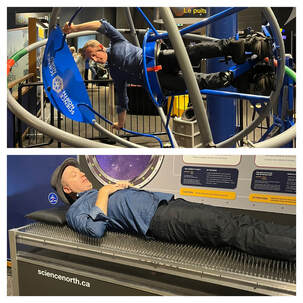 A few days later - luggage successfully retrieved after being lost in-transit between Tahiti, Los Angeles and Vancouver - I took my second red-eye of the week to catch an early morning flight from Toronto to Sudbury. The last time I was in the Big Nickel was for a book tour in 2013, when I spoke at the local Chapters bookshop. This time I had arrived to deliver a closing keynote at the Travel Media Association of Canada’s Annual Conference, which gathered over 200 of the country’s top travel writers, PR pros, influ..content creators, destination marketing organizations, and other professionals that make the business of travel media tick. It’s one of the few opportunities my profession has for stories to be told and sold, for connections to be forged, and destinations to be discovered. Workshops and panels inspire professional and personal development, and this year’s host city of Sudbury put on a show for our travelling circus. Still bombed from the red-eye, I could have fallen asleep on the bed of nails inside the excellent and interactive Science North centre (a few minutes in the gyroscope woke me up and turned me green). An outstanding meal at the highly-rated Kouzzina was the first time I’ve had my appetite for carpaccio truly satiated. The event was an opportunity to reconnect with colleagues I haven’t seen since the pandemic, all of us bearing a few scars of that fever dream. It was an opportunity to chat about our industry, to learn, to gossip, to grow, and to plan the adventures you’ll be hearing about in the future. It was also an opportunity to taste fine Irish Whiskey (courtesy Tourism Ireland) and participate in the best karaoke party this side of Osaka. Sabrina Robson of Destination BC belts a version of Amy Winehouse’s Valerie that kicked up a storm and left the veteran karaoke DJ speechless. I did my part with perhaps the best karaoke performance of my career: Home for a Rest by Spirit of the West was simply the right song, delivered at the right time, for the right crowd. My closing keynote addressed the past, present and future of travel media. I told everyone that we’ve been at the crossroads of change for so long I’m surprised nobody’s opened up a hotel resort at the intersection to take advantage of it. I looked back to the remote and recent past, discussing the transformations of mediums, the growth of tourism, overtourism, and the challenges and opportunities awaiting us around the corner. Stitched throughout was my own journey, discovering how to travel as an awkward teenager (Lawless Rebel!), learning how the media works as a student, and how I used curiosity to recognize potential. My goal was to celebrate our unique profession, and celebrate our good fortune to live and work in Canada. Receiving a standing ovation from my peers, colleagues and friends was truly humbling, making Sudbury yet another trip I’ll remember for a lifetime. Proving yet again: a bucket list experience is only as special as the people you share it with.
Vancouver is a world-class city increasingly recognized for its world-class cuisine. In late 2022, eight restaurants received the city’s first distinguished Michelin-stars. These were the Quebecois inspired St Lawrence, the Chinese iDen & QuanJuDe Beijing Duck House, the Japanese Masayoshi, and contemporary restaurants Public on Main, AnnaLena, Barbara, and Burdock and Co. As one might expect, all use premium, locally-sourced ingredients, but other than showcasing B.C’s outstanding seafood, would any be out of place in Quebec, China, Japan, or among other fine dining restaurants worldwide? No. If you’re looking for food of the land, food of the people, and food for thought, the restaurant to put on your bucket list is Salmon n’ Bannock. Take a seat inside the only Indigenous restaurant in Vancouver, and stop and smell the sage bush. Located on West Broadway and tastefully decorated with Indigenous artwork, there’s a big heart at the centre of this small restaurant, and a story with every dish. It starts with a one-year-old girl swept up in the 60’s Scoop – a horrendous era when government authorities forcibly removed Indigenous kids from their homes. Inez Cook was taken from her Nuxalk community in Bella Coola and placed within foster care. Raised by loving white parents, she grew up with little connection to her Indigenous roots. As a flight attendant, she lived and travelled around the world, falling in love with cuisine, while nurturing a growing curiosity to learn more of her past. Salmon ‘n Bannock, inspired by a road sign and a dream, is the result. When the restaurant launched in 2010, Inez was welcomed back by the Nuxalk, and has used great food to bring people together ever since. It’s a bold and confident act of what she calls reconcilli-action. Her friendly staff and kitchen crew serve up a unique menu of dishes native to the region, creatively adapted for discerning and adventurous urban palettes. “Indigenous people used what was locally available,” she tells me over an alluring plate of appetizers. “Farm-to-table, the 100-mile diet, we were the OG trendsetters!” With glowing reviews and profiles in global media including the New York Times, CNN and BBC, Salmon n’ Bannock is a fantastic story that literally breaks bread across the cultural divide. That said, you can’t eat a story, so what’s on the plate? Hot smoked candied salmon with maple, cracked pepper, and delicate sweetgrass-infused cherries. Light elk salami and rich duck terrine. Citrusy salmon ceviche, double smoked cheese, homemade pickles, and the #addicitive wild BBQ salmon mousse. Baked bannock - which Inez corrects me rhymes with panic - makes a wonderful cracker, smothered with her updated version of traditional pemmican: smoked bison with sage-infused blueberries and cream cheese. I wash it down with a refreshing Bella Coola soda, infused with hibiscus, rosehips, orange and apple. No chance I’ll get to the bison pot roast, game sausage, Anishinaabe risotto, smoked sablefish, or urban sage-smoked salmon burger. One visit simply won’t cut it. It’s healthy, sustainable and delicious, so when will Indigenous cuisine share a food court with Mexican, Thai, Greek, Vietnamese, Chinese, and other international cuisines? This is not a theme, Inez reminds me. “It gets me from zero to a thousand in lividness when we’re called a theme restaurant. Japanese or Italian food is not a theme. Indigenous is not a theme. We are living cultures.” There are only a handful of Indigenous restaurants across Western Canada, but they’re winning both fans and awards. Scott Jonathan Iserhoff’s Pei Pei Chew Ow café in Edmonton won Best Trailblazer in enRoute’s list of Canada’s Best New Restaurants. You’ll find the Kekuli Café in Merritt and West Kelowna, Bear and Bone Burger Co in Golden, the Ktunaxa Grill at the Ainsworth Hot Springs and several others. Those flying out of Vancouver can leave with a taste too: Salmon n’ Bannock opened up their second location inside the international departures lounge of YVR. Business is strong, but there are still plenty of challenges. “You might have bad Chinese food one day, but that won’t stop you ever eating Chinese food again. People have to get familiar with our food. We only get one shot, and I want to build everybody up,” she says.
Oh yes, Vancouver is blessed with dozens of fantastic restaurants (and we don’t need Michelin to tell us that either). Yet crafting great food through an Indigenous lens and doing it responsibly with the full support of the community, suggests we’re heading towards a promising, and uniquely regional, culinary future. Enjoy the feast. Here’s an actual conversation with my six-year-old on the final day of our eventful spring break. “Well, what was your favourite part of our trip? Was it visiting the Statue of Liberty that you so desperately wanted to see? Was it the American Museum of Natural History, or that hilarious show we saw on Broadway? Was it hanging out with your aunt in Central Park, or taking the busy subway around the city? Was it spending a week playing in the big waves of Copacabana? Was it the cable car to Sugar Loaf Mountain to get that incredible view of Rio? Maybe it was the Wishing Tree and the monkeys we saw at the top of the mountain? Was it climbing on massive floats and dressing up in carnival costumes to dance with a beautiful samba princess? Maybe it was the sharks and stingrays we saw at the aquarium, or eating beach corn, grilled queijo and drinking coconuts at the beach? Playing with your cute Brazilian cousins, riding a bike along the beach, or spending time with your grandparents who spoiled you rotten with candy and cakes?” Galileo thought about all this for a half a second, and replied: “My favourite part was taking the airplane.” I write these words during our final flight home after two-and-a-half weeks abroad. After a ten-hour overnight leg from Rio to Houston, we spent 90 minutes in line-ups to clear US customs and airport security. Removing friction from travel is a primary driver for tourism growth. Adding friction and making life difficult for passengers is the domain of government security and regulations, which has built nonsensical layers of procedure atop unnecessary layers of bureaucracy that make no sense to anyone. Are we still removing our shoes because one idiot unsuccessfully tried to blow up a plane with his shoelaces twenty-five years ago? Are we still confiscating perfume because liquids over 100ml are deadly? Are we still getting grilled by customs while connecting through a transit bubble, and going through security again even though we never left the sealed-off arrivals hall? Which is why, if you have anything less than a two-hour international connection these days, you’re playing with fire. All this said, our planes took off on time, United Airlines staff have been lovely, and even though they misplaced one of our suitcases for 48 hours, the system somehow worked well enough for little Galileo to have the time of his life, both on the plane and off it. 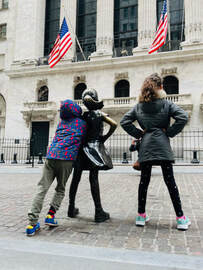 I’ve never been a particular fan of New York. I’ve visited the city a half dozen times, mostly for professional reasons, and I've always got the sense it's a frenetic place for those in ivory towers, and the overworked masses who support them. How does it go: Live in New York but leave before you become too hard, and live in LA but leave before you become too soft. New York tends to be city utterly swept up in the sense of its own self-importance. This is not the centre of the Earth (geographically that’s somewhere in Turkey). Being rude to strangers is not charming, it’s just being rude. Perhaps when I was in my twenties, I’d have more fire and energy to take on The Big Apple, a zest I’d exhausted in late 1990’s London (The Big Smoke). Age has now mellowed me, and nature holds infinitely more appeal than nightclubs or fancy restaurants. On this trip, I found the subways exhausting, the line-ups at the attractions intense, the people brusque. Times Square was a violent display of overwhelming advertising and grift. I certainly enjoyed visiting the Statue of Liberty and American Museum of Natural History with my kids. Both world-class attractions are transitioning from Covid protocols and were somewhat chaotic. We used a CityPASS which saved us a few bucks, and a company called TodayTix to get heavily discounted Broadway show tickets. I took the family to see The Play That Goes Wrong, which had all ages in stitches and was the perfect family-friendly live theatre experience, especially for kids who have never seen this level of professional theatre before. We caught a lovely sunny day at Central Park, and my daughter’s birthday present was a visit to the goopy Sloomoo Institute, which will get its own sloppy sticky story in due course. We stayed with relatives downtown, and as always, reconnecting with family proved to be the best highlight of all. It's been almost a decade since I visited Rio de Janeiro, presently emerging with the rest of Brazil from dark political days. Just about all my time would be spent with family in Copacabana, staying with my in-laws who live one block from one of the most famous beaches in the world. Heading into fall, the weather was spectacular: 30℃ blue skies, crashing waves, not a drop of rain in a month that could just as easily be a washout. Little stalls along the beach offer chairs, umbrellas, drinks and food, and with a caipirinha in hand I was content to watch the kids play in the waves while an endless stream of touts made the rounds offering everything from bolinho de bacalhau (cod fish cakes) to loud shirts and Bluetooth speakers. I don’t recall Copacabana being this clean, lovely and safe, especially in the evening. New waste treatment plants have made the water safe to swim in, tourism police and lifeguards patrol the shores, locals wear their teeny-weenie bathing suits, and you can happily spend all day doing nothing (the Brazilian way). The neighbourhood was also noticeably LGBTQ-friendly. My kids got to know some local characters, relished their acai bowls, street food, Brazilian family, shopping excursions and night markets (the Canadian dollar goes far here). 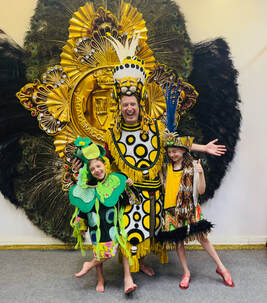 Of course, we still had time for the sensational views atop Sugar Loaf Mountain and the AquaRio, the largest aquarium in South America. We also took a braziliant tour called Carnaval Experience, taking us backstage at Samba City to learn about the city’s legendary festival. Staying relatively put – by my standards anyway – I was reminded of the months my family spent in Chiang Mai and Hoi An, which allowed us to get under the skin of a different place and culture. Like New York, the traffic and chaos of Rio can get a little much, but since my goals were modest, it was a joy to reconnect with our Brazilian family on these too-few, too-rare occasions, allowing the kids to immerse themselves in the culture of their mother’s heritage. Ipanema, Santa Theresa, Lapa, heck the rest of Brazil would have been fantastic. Maybe next time... or maybe I won’t get too far from the beach again. Either way, the friction of six airports, the white-knuckle taxis, the financial expense, the subways, the heat, the rain, the packing, the crowds, the jetlag…it’s all worth it, and it always is. Two hundred and fifty CEOs, fifty-two ministers of tourism, three hundred travel journalists, and nearly three thousand professionals have gathered to redefine tourism in the post-pandemic era, selecting a rather controversial venue for the occasion. The annual World Travel and Tourism Council (WTTC) Global Summit has also attracted movie stars like Edward Norton, prominent international TV anchors and a spattering of supermodels, some of whom no doubt shared my unease flying into Riyadh, Saudi Arabia. With its torrid reputation for human rights and on-going diplomatic spat with Canada, friends and family were genuinely concerned for my well-being. Despite the kingdom’s attempt to reinvent itself as a tourism mecca guided by the vision of its millennial Crown Prince, travel advisories cautioned me to log out of social media apps, avoid government buildings, and adhere to strict local customs. My wife also advised me to please keep my mouth shut, knowing full well I have an inherent incapacity to do so. Supplied with a new Saudi tourist visa and with an invitation for the conference, I had no idea what to expect. I didn’t need pyro-drones topping off a multi-million-dollar fireworks show to witness Saudi Arabia’s eye-boggling investment in tourism. It was immediately evident pulling up to Riyadh’s palatial Ritz Carlton Hotel and Conference Centre. The production values of the WTTC event were staggering, along with impressive showcases for Saudi Arabia’s four high-profile giga-projects – developments that aspire to create entire cities out of thin air. The CEOs of Marriott, Hilton, Carnival, Accor, Hertz and Hyatt were on stage, along with dignitaries from Portugal, Austria, South Africa, Costa Rica, the USA, the UK and Australia. CNN’s combative host Richard Quest grilled them about how the tourism industry intends to pay more than just lip service to sustainability, a major theme throughout the two-day conference. With great fanfare, the WTTC released the first-ever report to measure tourism’s impact on global carbon emissions. The conclusion is that airfare, hotels, cruises and the like account for 8.1%, less than the previously estimated 11%. Reporters questioning the report’s methodology were reassured that the numbers would be scrutinized by governments and NGOs around the world. After the scourge of over-tourism and the challenges Covid, a revitalized industry is taking responsibility seriously. Buzz words and catchphrases flowed thick and fast: community engagement, greenwashing, decarbonization, revenge tourism, zero gravity urbanism, follow the data with next generation artificial intelligence. “We are not in the service industry, we are in the care industry,” said Hyatt Hotels CEO Mark Hoplamazian. Above all, there was a lot of overall optimism. Despite a labour crisis, inflation, China’s iffy recovery and the tragic war in Ukraine, global tourism’s pandemic recovery has been faster and fiercer than anyone expected (Destination Canada revised and shortened its own tourism recovery projections too). Demand is quite simply outstripping supply, bringing with it opportunities and issues. Former UN Secretary General Ban Ki-moon voiced his frustration that government climate initiatives were lagging, supermodels Elle McPherson and Adriana Lima launched new Awards for Sustainability, the WTTC released various economic reports, and multiple newsworthy deals and announcements were made. Corporate tourism is a massive industry so I won’t bore you with the details, but it was hard to ignore the rather large elephant in the room. An elephant called Saudi Arabia. “I want women in Canada to know that our lives here are not what they think our lives are,” explained Alhanouf Aldrees, a cultural manager at Riyadh’s spectacularly restored Diriyah UNESCO World Heritage Site. I’d made a point to engage with as many Saudis as I could, asking thorny questions so I could hear their side of the story. What they shared left me in little doubt that the country is experiencing neck-bracing social change, reminding me of how quickly everything transformed when I lived through the fall of Apartheid. Saudi Arabia’s Crown Prince Mohammed Bin Salman (popularly known as MBS) is smashing traditions with an iron fist, breaking both glass ceilings - and political opponents - in his goal to modernize and restore his kingdom after decades of conservative religious isolation. Supported by Ivy League-educated staff and enjoying widespread domestic support from a youthful population, MBS wants to spearhead a new global economic landscape. You’ve likely heard about the plight of Saudi women, the persecution and murder of Saudi opposition (including a prominent US-based Saudi journalist in grisly fashion), the brutal proxy war in Yemen, mass beheadings of local activists, and the infamous 2017 Royal purge that took place in the same Ritz Carlton hosting the WTTC event. You probably have not heard about the legal reforms assuring Saudi women of their independent right to drive, work, remove their abaya, marry, divorce and travel. We don’t hear how hardline religious authorities have been stripped of their influence and power, or that MBS has denounced the hardcore Wahhabism that Saudi Arabia has traditionally used to promote Islamic extremism. We certainly don’t hear much about Saudi Arabia’s striking skyscrapers and sprawling neon malls, busy late-night highway traffic and massive shopping palaces. The news doesn’t cover MDL Beast Soundstorm, an annual desert concert that attracts more than two hundred thousand people from around the globe (this year headlined by Bruno Mars, Post Malone and a dozen electronica superstars). Did you know that this year’s Red Sea Film Festival in Jeddah screened LGBTQ+ movies, celebrated women in cinema, hosted a conversation with Spike Lee, promoted movies that challenged Islamic practices, and claimed zero censorship? Cinemas were unbanned just five years ago, and yes, homosexuality is still illegal. I’m struggling with the contradictions too, but before you fire up your outrage, consider speaking to the people who live here. Tourism has always transcended politics and media. “If Saudi Arabia reaches out,” WTTC CEO Julia Simpson tells me, “our job in tourism is to reach back.” This is why WTTC members are investing around US$10.5 billion into the country, opening major hotels, resorts, air routes, cruise terminals and dozens of commercial developments. Princess Haifa Al Saud, the kingdom’s impressive Vice Minister of Tourism, says that one hundred thousand Saudis are being trained in hospitality to work in fully sustainable resorts. It is Dubai all over again, employing the latest technology, and doubling down on ambition. The four giga-projects are too mind-boggling to get into too much detail. A 170 km-long, 500m-high, 200m-wide mirrored skyscraper city for nine million people? Watch the promo video for The Line and I dare you not to gasp. There are massive tourism developments on the Red Sea, in Riyadh, and in the rocky desert of AlUla. Neom’s Ewok-fashioned ski resort, Trojena, looks like something out of a science fiction movie, and all of it boasts “next generation AI” so as to be “fully sustainable” with “cutting-edge design” from “the world’s leading architects.” If you build it, they will come, and the Saudis are building big, spending an estimated US$1 trillion to build a global tourism economy, and increase its non-oil GDP from 16% to 50% within a decade. The world’s largest desalination plants water the desert, and the world’s largest airport (under construction) hopes to welcome 100 million visitors by 2030 - all paid for by the world’s second-largest oil reserves. And here lies the elephant in the room. Pumping millions of barrels of oil to pay for sustainable mega-projects, admirable as they may be, does little to mitigate global climate change. Climate scientists are imploring nations to keep the carbon in the ground, including Canada, which has the world’s third largest oil reserves. I cannot help but wonder if Saudi Arabia’s jaw-dropping showcase developments – built by migrant workers in the scorching desert heat – might end up serving the mega-rich as escape pods for climate disaster. At Riyadh’s wild exhibition for The Line, I ask a proud guide who will clean the dishes, or pick up the garbage. “There will be no blue-collar workers here,” he replies. What about crime? “There will be no crime in The Line.” Next generation AI and robots will take care of all of it. Stop me if you’ve heard that one before. The line between utopia and dystopia feels very thin indeed. “Travel is all about faces, not places,” says my cheerful Riyadh guide Ali, and he’s right. Plenty of mega-developments across the Middle East look to redefine the region in a post-oil future, but it’s the Saudis themselves who offer something truly unique. Their warm hospitality is genuine and delightful. I experience “welcome welcome!” everywhere, accompanied by smiles, handshakes, curious questions, and gratitude for visiting. I relish the fragrant, blonde Saudi coffee served with sweet dates at every entrance, enjoying the smell of exotic spice in the desert breeze. Locals insisted on buying me a $20 mocktail at a Jareed Hotel bar, although bar is the wrong word. Alcohol remains strictly illegal in the kingdom, a major hurdle if the kingdom hopes to attract legions of international holidaymakers. One step at a time. I end up speaking to almost a dozen local women in Riyadh and the coastal city of Jeddah, admittedly a small sample size, but I have drawn conclusions from fewer interactions before. These women were highly educated (tertiary education is free) and well-travelled, staking out prominent positions in politics, culture and business, stepping into the light with their new-found legal independence. A minority of Saudi ‘liberals’ are dispensing with religious traditions altogether, adopting modest western clothing, although still adhering to rules like separate recreational areas. Most continue to embrace Islamic traditions and culture with great pride and surprising flexibility within the Koran’s interpretative framework. One asks me: “Why do women in Canada feel they can speak for my rights? Why do they think I’m oppressed? Do they know my life?” Even with the best intentions, we can’t claim to always know what is in someone else’s best interest, especially if we don’t engage and listen to them first.
As for the WTTC Global Summit, any event that brings together such a diverse group of people, cultures, companies and ideas can only be a good thing. Tourism breaks down stereotypes, facilitates dialogue, promotes engagement, and builds on generous hospitality. Next year the WTTC Global Summit is in Rwanda, another country with a problematic past, and tremendous tourism potential. If the world reaches out, we should always reach back. Our robot overlords are coming, and they’ve got some travel tips. We recently saw the launch of ChatGPT, the most advanced AI chatbot engine yet, capable of churning out articles and stories in seconds, and freely available to test drive. “Looks like you’ll soon be out of a job,” texted a friend. If that’s the case, I thought it would be fun to let ChatGPT write a blog post. As you can see below, it does a perfectly acceptable, albeit mind-numbingly dull job, the kind of stuff you’d find on crappy SEO-web traps that feel like they’ve been created by robots anyway. Bear in mind, these stories were generated in mere seconds. There are many things that could be on a Canadian bucket list, as Canada is a vast and diverse country with a lot to offer. Some possible items that could be on a Canadian bucket list include:
Canada offers many unique travel experiences, due to its vast and diverse landscapes, rich culture, and abundant natural beauty. Some of the most unique travel experiences in Canada could include:
That’s a decent variety GPT, but travel writers like myself write stories, so let’s try one of those: Once upon a time, a couple decided to take a trip to Canada to explore the beautiful landscapes and rich culture of the country. They packed their bags and set off on an adventure that they would never forget. As they flew over the vast expanse of the Canadian wilderness, they were awestruck by the stunning views of snow-capped mountains, deep forests, and crystal clear lakes. They landed in Toronto, a bustling city known for its vibrant arts and culture scene. They spent their first few days in Toronto exploring the city’s many attractions. They visited the CN Tower, one of the tallest buildings in the world, and enjoyed breathtaking views of the city from the observation deck. They also visited the Royal Ontario Museum, where they marveled at the vast collection of artifacts and exhibits. After a few days in Toronto, they decided to rent a car and drive west to the beautiful province of Alberta. As they drove through the countryside, they were mesmerized by the stunning views of the Rocky Mountains and the vast expanses of untouched wilderness. In Alberta, they spent their days hiking in the mountains, marveling at the breathtaking beauty of the landscape. They also visited Banff National Park, where they saw stunning glaciers, waterfalls, and wildlife. After a week in Alberta, they continued their journey east to the province of Quebec. In Quebec, they were enchanted by the charming French-Canadian culture and the beautiful architecture of the old city of Quebec. They spent their days wandering the cobbled streets and enjoying delicious French cuisine. Their trip to Canada was an unforgettable adventure that they would always cherish. They returned home with a newfound appreciation for the beauty and diversity of the country, and a desire to explore more of its wonders in the future. Once a upon a… zzzzz. Only a robot that never sleeps would drive from Toronto to Alberta and then head to Quebec City. Check your itinerary ChatGPT! Where’s the colour, where’s the personality, where’s the real-life funny stuff? So I asked ChatGPT to have another go. There was once a group of friends who decided to embark on a journey to complete their Canadian bucket list. The first item on their list was to visit Niagara Falls and take a boat tour through the spectacular Niagara Gorge. As they arrived at the falls, they were greeted by a gruff and weather-beaten tour guide who seemed to have seen it all. “Welcome to the Mighty Niagara Falls!” he boomed. “Are you ready to experience the thrill of a lifetime?” The friends nodded eagerly, eager to get started on their adventure. The tour guide led them to a small boat that was moored at the edge of the falls. As they climbed aboard, the tour guide gave them each a yellow raincoat and a safety briefing. “Now listen up!” he yelled over the roar of the falls. “If you fall out of the boat, don’t panic! Just grab hold of one of the life rings and we’ll fish you out!” The friends exchanged nervous glances as they donned their raincoats and prepared for the ride of their lives. The tour guide revved up the engine and the boat set off into the heart of the Niagara Gorge. As they made their way through the swirling mists and roaring waters, the friends were awestruck by the beauty of the falls. They cheered and shouted with excitement as they passed under the powerful Horseshoe Falls, getting drenched by the mist and spray. But just as they were beginning to relax and enjoy the ride, disaster struck. A sudden gust of wind caught hold of one of the life rings, sending it flying out of the boat and into the raging waters below. Without hesitation, the tour guide leapt into action. “Man overboard!” he yelled, diving into the water after the life ring. The friends watched in amazement as the tour guide fought against the powerful current, finally emerging triumphantly with the life ring in hand. “And that, my friends,” he said with a grin, “is how you survive a tour of the Niagara Falls!” The friends laughed and cheered as the tour guide helped them back aboard the boat, grateful for their brush with disaster and the unforgettable experience of a lifetime. Holy maple syrup, that’s a lot more exciting than my visit to Niagara Falls! Never mind the rapids, readers of that story must be careful to avoid drowning in thick and deadly cliches. This has been an entertaining exercise to reassure myself that real writers add authentic, creative flair to their stories, the kind of unpredictable twists that AI bots – no matter how sophisticated – will always struggle with. We will either become more valued as a result, or future advances in the technology will be able to mimic our voices to make us redundant. As a travel writer, I have had the opportunity to visit many amazing destinations around the world. But there is one country that always manages to surprise and delight me, no matter how many times I visit: Canada.
From the breathtaking natural beauty of the Rocky Mountains and the Bay of Fundy, to the vibrant culture and history of its cities, Canada has something for everyone. One of my favourite things about Canada is its diverse landscape, which ranges from icy tundra in the north to lush rainforests in the west. This diversity is reflected in the wide variety of outdoor activities that are available, from skiing and snowboarding in the winter to hiking and fishing in the summer. But Canada is more than just a paradise for nature lovers. It is also home to some of the most vibrant and exciting cities in the world, such as Toronto, Montreal, and Vancouver. These cities offer a wide range of cultural attractions, from world-class museums and galleries to lively music and arts scenes. But what really sets Canada apart from other destinations is the warmth and hospitality of its people. Canadians are known for their friendly and welcoming attitude, and they are always happy to share their country’s rich history and culture with visitors. Whether you are looking for adventure or relaxation, Canada has something to offer. So pack your bags and head north to experience all that this amazing country has to offer. With that generically vanilla, paint-drying editorial effort, I think my job is safe. For now. I’m not a particularly big fan of soccer, but I love the FIFA World Cup. Every four years, countries clash on the football pitch in a proxy war for cultural supremacy, creating a spectacle that delivers controversy, thrills, and the illusion that the world can truly come together every once in a while, even if only to focus on a beautiful game. When would the nations of Denmark and Tunisia join together over anything, much less Mexico and Poland, Switzerland and Cameroon, Uruguay and Korea, Portugal and Ghana? That was only in the first round. Imagine if Ukraine could play Russia on the pitch, or Israel kick-off against Iran? The matches themselves run back and forth on the spectrum of boredom and excitement. This year Canada made the finals for the first time since 1986, announcing itself as a true soccer nation (alongside other underrated teams like Australia and the USA). It was a close opener, losing to the world’s #2 ranked Belgium. Our second match was against Croatia, and I tuned in from 35,000feet on a Lufthansa flight that screened the game live. Technology, eh? When Alfonso Davies scored Canada’s first ever World Cup goal in the opening minutes, I screamed "YES!" scaring the crap out of my fellow Airbus 330 passengers, the vast majority of whom had little interest in this particular game. We were, after all, en-route to the Kingdom of Saudi Arabia. It's not a country I ever thought I’d visit, but I received an invite to the prestigious WTTC Global Tourism Summit, and an opportunity to explore some of Riyadh and Jeddah in the process. Yes, I’m fully aware of the problematic international reputation of Saudi Arabia, just as I’m fully aware that what we hear in the media can differ starkly from reality on the ground. Among critical news coverage are whispers of a great cultural reformation, a dialling back of religious extremism, and a massive investment in mega-projects to attract international tourism. I’ve written more about that in an article I hope someone will publish, which gets into the contradictions and controversies. Here, I thought I’d focus on moments and vignettes without getting too much into the weeds. I expect some readers will take offence regardless. As a Jewish journalist, I was a little nervous heading to the highly-controlled kingdom, of course, but I had been provided with a new online tourist visa, and an invitation. I was greeted with the first of many small cups of Saudi coffee, a blonde elixir spiced with cardamom, saffron, ginger, and others spices, and always served with sweet dates. Saudi Arabia is trying to get its coffee tradition recognized by UNESCO as a unique cultural heritage, a similar designation as baguettes to France or Balsamic vinegar to Italy. My first impression leaving the airport was similar to my first impression visiting Dubai. Endlessly straight, flat roads lined with neon malls, minarets, unusual skyscrapers, and heavy traffic. I see a large neon sign advertising the Human Rights Commission, as if proudly defying international criticism. There’s Starbucks, H&M, Dunkin' Donuts, major hotel chains, gas stations (about 80c a litre, in case you’re wondering). We pass the world’s largest female-only university, villas and palaces, glitzy car dealerships. My hotel room at the Jareed Hotel was huge and modern, surrounded by upscale restaurants, and overlooking two giant screens showing the World Cup. A bottle of wine with fruit sat at the foot of the bed, only the wine bottle held Italian sparkling water. There would be no wine, beer or spirits this week, and it would take some getting used to. Although I’m told there is a black market, alcohol is illegal across the kingdom, and so it will be a rare, dry week of hot, exotic travel. I grab an excellent burger from a nearby food truck, and sit with the locals as Spain draws with Germany. Mostly men, but women too, some of whom wear the full abaya, others just a headscarf, and a few with no head covering at all. Under the leadership of the millennial Crown Prince Muhammed Bin Salmon (simply called MBS), the regime is stepping away from the hardcore extremist Islam that denied women rights, and locked up the kingdom to western visitors. They don’t call it modernization, they call it restoration, and while culture still dictates very conservative values, the kingdom has passed laws to allow freedoms unthinkable a decade ago, and religious authorities have had their wings clipped. In the hotel, I bump into a young Canadian kid here for Middle Beast, a massive desert rave that will attract some 200,000 people, with acts including Carl Cox, Swedish House Mafia, Nervo, Eric Prydz, DJ Khaled, and other electronica superstars. Sounds too good to be sober. “Oh, there will be drugs and alcohol,” he tells me confidently. “Possession is okay, you just don’t want to be caught selling it.” Not for the first time, I catch myself saying: are we in Saudi Arabia? The Chair of the Royal Geographical Society’s Younger Member Committee and I wander up to the Hollywood actor Ed Norton, who is at the travel conference to speak truth to sustainability bullshit. We have a great conversation about my first impressions of the kingdom. He reassures me that it's very different to what most people see and hear in the news. We trade details, which is when I discover that Ed Norton is actually an affable British venture capitalist named Justin Cooke. The real Ed Norton is on stage tomorrow, and turns out he’s a travel ambassador for Kenya, who knew? Just about everyone I speak to at the luxe World Travel and Tourism Council Global Summit is interesting and worth the words. This includes Carnival Cruises CEO Arnold Donald (a name that just rolls off the tongue) and Mexico’s former Minister of Tourism and now Special Tourism Advisor to Saudi Arabia Gloria Guevara. I ask her if she’s supporting Mexico or Saudi Arabia in the World Cup, and like an experienced politician, she doesn’t provide a definitive art. Walking the palatial and fragrant hallways of the Ritz-Carlton Convention Centre among traditionally robed Arabs, Asians, Africans and Europeans leaves me feeling optimistic. It’s a true melting pot of culture, gathered to tackle major issues in the realm of hospitality. I expect it must feel the same at COP Climate Conferences, or the United Nations, except with 250 CEOS and 52 Ministers of Tourism in attendance, something concrete might actually get accomplished here. Canada is notably not in attendance, likely because of an on-going diplomatic spat with Saudi Arabia. This intersection of tourism, politics and commerce can be controversial. Although I expect I’ll be heavily criticized for visiting the kingdom, I’m here with an open mind, and an open heart, full of questions which I’m not afraid to ask. Over the course of the week, I have a dozen terrific conversations with Saudi men and women, all of whom speak of a country transforming itself at rapid speed, eager to modernize, and ready to welcome the world. We fly to Jeddah, the Saudia Airlines in-flight entertainment interrupted when we fly over Mecca for a special prayer. There are R-rated movies in the system, in case you were wondering. Jeddah is hot and humid, and the traffic is bonkers, especially at night when Saudi Arabia comes alive. Our business hotel is opposite the Red Sea, with a wide lane for bike and walking traffic, and concessions on the beach. Most women are fully covered up in their abayas, some not. I had picked up a SIM card at the airport, and unlike China, all foreign media is available, including articles highly critical of the regime. Reading about beheadings, death squads and brutal royal purges makes for disturbing reading. MBS sounds like an ambitious guy you simply do not want to cross. He also sounds like an autocrat who will do whatever it takes to realize his goal of reaching 50% GDP from non-oil revenues by 2030. He’s also a millennial, so I wonder what show he’s currently binging on Netflix. You can go down Saudi Arabia's Vision2030 rabbithole here. The giga-projects are mind-blowing. Huge public art exhibits line the highways, and the glitz of the Jeddah Ritz Carlton is staggering. The Royal guest house looks bigger than Buckingham Palace. We dine in fantastic restaurants, visit a floating mosque, and then skip a museum to watch Canada play Morocco on an outdoor big screen, with a pro-Morocco crowd gathering on hundreds of bean bags. The crescent moon is out, the sea breeze is warm, the mosque is lit up behind us…it’s one of those unexpected choice travel moments. Along with fellow Canadian journalists we cheer for our team, but it doesn’t help. Canada loses all three group stage matches, and crashes out of the World Cup with its beaver tail between its legs. Locals are friendly though, somewhat bewildered by the fact that a group of Canadian tourists are here in the first place. At least tonight, because we’re alongside a Formula One race track, and Jeddah already receives millions of tourists a year on their way to make the Hajj and Umrah in Mecca, located about an hour’s drive away. That’s still off limits to non-Muslims, at least for now. For all the construction and moonshot tourism developments (check out this wild vision for The Line), my week’s highlights are the old towns of Jeddah and Riyadh, which feel more authentic with their wooden windows, mud-houses, souks, galleries and mosques. I learn about Saudi clothing, their customs, coffee ceremony, their homes and lavish feasts. Gradually, my overall discomfort with the regime gives way to the truth of all travel, which rears up whether you’re visiting a highly-controlled regime or permissive democracy: cultures are different, and not every culture wishes to emulate our own. Where we see oppression, they see tradition; where we see a gin and tonic, they see decadence. Neither has the right to judge and convict, but we all have the right to engage, listen, and learn. In sha’Allah, we can all come together – men, women and children - over coffee and glazed dates, with mutual respect and understanding of our differences. In sha’Allah, may tourism continue to drive positive change on the planet we all call home. Now, let’s get back to the football. Welcome to my annual Bucket List Gift Guide, in which I recommend an eclectic range of products that have made a positive impact on my travels, my mind, my meals and my life. Some of them are very simple, most of them are inexpensive, and some of them could even save your life. In no particular order, let’s light it up: The 5-Second Fire Starter You only have to battle once to start a campfire in the rain to appreciate a better mousetrap. Here’s a very simple, yet very effective fire starter. Put wood over it, pull the string, and voila, you have a fire. You don’t need matches, you don’t need kindling, you don’t need your crazy brother in-law squirting lighter fluid. Pull Start Fire is rainproof, windproof, safe to cook over, and burns for about 30 minutes. The wood should be well on its way by then, if not, building a fire is definitely not for you. $20 for a 3 pack, available here or in Canada at Canadian Tire. Belt it Out I enjoy telling airport security that my elastic, clip-belt contains no metal whatsoever, so just let me play my part in this charade and get on with it already! I also enjoy wearing a belt that fits perfectly every time (although is easily adjustable after losing weight in Asia or putting it on after a cruise). And I’ve saved like, hours of my life with the quick clip as opposed to fumbling with the belt hole, loop and tuck manoeuvre. The Arcade belt looks good in my jeans, hiking and ski pants, is super light, and can be thrown in the wash with the pants. From $37.95 at https://arcadebelts.ca/ One Charger to Rule them All There are many different types of chargers, and ports are increasingly hard to come by on the latest laptops (I still use a 2013 Macbook Pro because I’m terrified of losing things like SD Cards, USB ports, and a device that hasn’t failed me yet. Please touch wood on my behalf). Along comes the EZ Quest, which is jammed with all the ports you need to charge your phone, tablet, earphones, camera, e-reader, massage gun and whatever else the modern traveller feels compelled to travel with. It’s got over-current, over-voltage, over-temperature, and short-circuit protection, and charges devices three times quicker than standard wall chargers. It will also charge your laptop, although regrettably not my own, because I’m still using an old school Mac charger that is literally held together with duct tape. Various prices depending on the charger configuration. Available on Amazon A Solid Pair of Winter Boots Here comes the rain, snow and slush, and here is a fine Canadian-made boot to meet it. Kodiak has been making serious work and lifestyle boots since 1910. The Magog Waterproof Boot is sturdy, stylish, warm and padded with a memory-foam in-sole, comfortable to wear all day. It also doubles as my 'fancy' shoes for live presentations, because travel writers need to be uniquely equipped to go from keynote stage to muddy forest in a moment's notice. When Americans hear Canadians saying 'aboot' all the time, this is what they're talking about. From $190 in Fossil, Brown or Black. Available Online Hotel-Feeling Linen at Home My bed has a 3-inch memory foam topper that should get its own item on this list, primarily because it single-handedly solved my lower back pain every morning. Even with extra-large fitted sheets, my erratic sleeping habits (I sleep with the peace and stillness of an exploding volcano) constantly bunched the bedsheet, pulling them off the corners, forcing constant tugging and pulling to get that clean, smooth-sheet feel you find in a great hotel bed. Then I discovered the BedBand, which is so simple and so brilliant someone had to think of it. Easy to apply when you change your linen, the bands grip the corners snugly, holds the sheet in place. Now every night is a great hotel bed night. From $20 in various colours (not that anyone will ever see them). I use the BenBandXL which is 50% longer and perfect for a king-size Bed. Available on Amazon Bug Off As much as I love life and want it to flourish, mosquitoes should just die die die. At the very least, stay out of my home during summer, and stop eating my kid. The same kid, I should add, who busted up our sliding screen door by walking and running into it repeatedly. Introducing another product that will have you saying: “where have you been all my life?” TheFitLife Fibreglass Magnetic Screen Door is a heavy duty mesh curtain with magnets that snap shut automatically. Essentially, it’s a screen door kids and pets can run through over and over again without it breaking, and without the bugs getting inside. It is easy to put up with no tools needed (although do your measurements) and while it might need an occasional poke for the magnets to click, it’s infinitely better than bug bites and kids slamming into doors on their way to the garden. From $29. Available on Amazon Drink from the River “Back in the old days son, we’d go on long hikes in big forests, and if we ran out of water, we’d fill up our bottles in the streams or rivers, but we’d have to use these disgusting iodine tablets to kill the bacteria and microbes that might make us sick.” “Wow Dad, you mean you couldn’t just take a straw and drink directly from the river or lake?”“No son, that only came about much later with the LifeStraw Personal Water Filter, which could filter parasites, bacteria and micro-plastics from up to 4000 litres of contaminated water with no iodine, chlorine, or moving parts. It was super light and easy to carry and the water tasted great too. For hikers or anyone needing fresh drinking water, we called that ‘A Gamechanger.’” From $30 Available on Amazon
For the Person Who Has Everything: The Ember Smart Mug You make yourself the perfect cup of coffee and you’re ready to start your day. Then you get a flurry of emails, and by the time you take your first sip, your perfect cup is bitter and cold. How about a mug that keeps your drink at the perfect temperature, as programmed by an app on your phone? The mug keeps your drink toasty for up to 80 minutes in the cup or all day in the special charger coaster. The mug is so smart it turns itself off if you forget about it to save battery life, and it has an LED light to let you know when your beverage is ready to go. Always hand wash, and I suggest going with the black to avoid coffee stains on this expensive, but rather clever coffee mug. From $179. Available on Amazon The Stealth Reading Lamp Believe me when I say I tried a half-dozen reading lamps before finding the one that worked. I need to read before I go to sleep. It’s my melatonin. My wife needs darkness, and she’s not into eye-masks. I toyed with various lamps clipped on and off the book, but it’s not the light or brightness that bothers her, it’s the colour of the light itself. This small, flexible, USB-charged light clip has three brightness settings and a handy 90-degree swivel, while a compact frame and zero cables make it a perfect travel companion. Still, it’s the orange Sleep Aid Light option that is the real winner, washing a small light footprint in a warm, non-obtrusive glow that helps me read as long as I want, and my wife to finally get a good night’s sleep. At least, until I start snoring. From $14. Available on Amazon This Year’s Condiment: Trader Joe’s Crunchy Chili Onion
I’m doing a Trader Joe’s run across the border because for some inexplicable reason, we don’t have Trader Joe’s in Canada and this is simply devastating for those of us into top quality condiments. I’m buying one of everything: their excellent Peri-Peri Sauce, the Incredisauce, the Magnifisauce, the creamy Jalapeno Sauce, the Truffle Hot Sauce. Then I see a fellow Canadian condiment load up her cart with two dozen 6-ounce jars of Crunchy Chili Onion. All natural ingredients: olive oil, dried onion, dried garlic, salt, paprika, crushed chili and red pepper. “I take it that one’s a winner?” I ask. “Oh, you’ll see, “ she replies. I buy three of the small jars, and now I regret not filling up my cart too. Well played Trader Joes. Well played…yet again. Currently trading at $4.29. Available at Trader Joes. The mountains overlooking Vancouver have several rockstars. There are the three ski resorts, the gondolas of Grouse, and the choppy crest of Crown. Perhaps the most distinctive peaks are The Lions, named in the 1880s because they resemble two sleeping lions (and because nobody back then deferred to Indigenous names). The East and West Lion peaks (reaching 5269ft and 5400ft respectively) inspired the BC Lions football team, Lions Gate Bridge, Lions Gate Hospital, and Lions Gate Entertainment. They also inspire ambitious hikers to brave a knee-punishing ascent with a memorable day-hike or overnight trek, complete with a challenging summit free climb. I am not an ambitious hiker, but conquering the Lions has been on my bucket list for years. This year, all my excuses finally ran out. Before we get to the hike, it’s important to recognize that these are not Lions at all, they’re actually twin sisters. According to the Squamish people, the Twin Sisters are markers of peace between the Squamish and Haida, formed by the Creator to honour a treaty, or as a result of twin Squamish sisters captured by a Haida raiding party. Dismissing Indigenous legends and name places to honour colonial heroes and symbols has fortunately run its course, so this blog post would like to acknowledge that it takes place on the unceeded territory of the Squamish people, and is grateful for the opportunity to visit the hallowed peaks that mean so much more than a great view and a hiking adventure. I’ll call them Lions moving forward, but continue to pay my respects to the Twin Sisters and their cultural legacy. There are two ways to hike the Lions. Park at Cypress Mountain Ski Resort and hike up and across the mountains, or park in Lions Bay and hike up… and up…and up. The Cypress route adds a few kilometres and requires some parking and driving coordination, especially if you’re descending on a one-way route through Lions Bay. The Lions Bay route requires a lucky parking spot in the few public spots available at the trail head, or get ready to add some asphalt road ascent to your journey. Be on the lookout for unimpressed NIMBY Lions Head neighbours who don’t appreciate hikers visiting their secluded mountain community. At least they didn’t seem to appreciate me, perhaps because I had arranged a parking pass and my Kia brought down property values for a day. Signs at the trail head to West Lion make no mistake what’s in store: Difficulty: Strenuous. Only be attempted by properly equipped and experienced hikers. The sign states it is 15km round-trip to the summit, with a hefty 1525m elevation gain. It suggests you budget an ambitious 7 to 8 hours. There are also bears in the area, along with cougars, bobcats, coyotes, lynx and even snakes (although the local snakes are harmless). As I started up the trail, encountering any wildlife would instantly become the least of my concern. Up we go. And up. And up. And up further still. Ah, what’s this? A flat section! Through fairy beds of green moss and lush tree tunnels, beautiful, I needed that welcome breather, and…. nope, it’s up again. And up, up, and up further still. Poles are essential, as are frequent water breaks (I slugged through 2.5 litres of water on my hike, and I don’t drink that much). Loose rocks are waiting to roll your ankle, and slippery roots waiting to trip you up. We cross a bridge over a fetching cascade, which invites a cool dip in the rock pools, but there’s no time to dally. It’s an unseasonal warm and dry October, which means a lovely cool temperature and few bugs, but also shorter days. We were on the trail by 7:45am. The parking lot, incidentally, was already full. The West Lions is a popular hike, and everyone I passed seemed in better physical and mental shape to do it. A group of bro’s (shirtless, tanned, bleached hair, ripped, backward baseball caps) were already on their descent. These are BC’s hiking equivalent to California’s surfing dudes. I encounter groups and couples, and a quick-footed solo teenage boy with parents that should be proud and worried. Up and up, over and up, until almost 4 hours in, we crest at a viewpoint and finally see the mighty Lions up close. Solid rock (hornblende diorite for you geologists), the two peaks are more imposing and intimidating when you stand beneath them, casting a shadow into the valley below. As we continue our ascent, the rocks become bigger and more challenging, remnants of several millennia of rockslides. Tears are flowing from my knees, and I’m cursing the weight of snacks I thought I’d need in my daypack. Finally, we reach a large outcrop where most sane people stop to enjoy the incredible 360-view of the Lions, the Howe Sound, and on a clear day, Vancouver far below. Most sane people will reach this point, say they’ve hiked the West Lion, and call it a day. The rest of us might continue on the 29-kilometre Howe Sound Crest Trail from Cypress Mountain to Porteau Cove, or decide it’s worth the risky free-climb up the rock to the West Lion summit. Cramping legs, blistered ankles, heavy breathing, no fitness whatsoever…of course I’m going for the top. Other than one handy rope to assist with a 5 metre drop at the start, there are no chain ladders or ropes. I had to navigate up and over sheer rock face, balancing on narrow ledges while desperately searching for rock holds, doing my best not to think about the 30m – 50m plummet below. Some hikers brought helmets and climbing shoes. I had a flask of rum. Remember: three points of contact! It’s been a while since a physical challenge intersected so concisely with my mental fear, and several times I paused to breathe, stay calm, and recollect myself in that special place we all visit sometimes. It doesn’t take very long to get to the summit, but after a challenging 5-hour ascent, it’s tough as hell. My thighs cramped up just in time to collapse in a heap by the West Lion’s rock cairn, the only sign that you are indeed, as high as you can go. Oh, and the sweeping, spectacular view that surrounds you. It’s almost enough to make me forget that I now have to scale down the dangerous rock, and then hike down a trail so steep it could snap a shock absorber. A few Band-aids, a swig of rum, some yummy sandwiches, painkillers, candy and nuts, and we’re on our way down. It’s always much quicker hiking down than up, but it’s also hell on your knees and tricky for your ankles. Yet with fine company, fine weather, and the intangible joy that accompanies any sense of accomplishment, we slowly made our way down to Lions Bay. You do not want to descend this trail in the dark, but we timed it perfectly, arriving at the parking lot at 5:45pm. With plenty of breaks and time to enjoy the views (and factoring the state of my fitness), it was a very long, 10-hour hike, and the second most challenging hike of my life (here’s looking at you West Coast Trail). It took a few days for me to stop walking like a stepped-on spider, and yes, it definitely would have helped to have prepared with more than just a few games of pickleball. There’s plenty of reviews of the West Lion hike on various hiking sites, and yes, I can confirm the last scramble is as challenging as everyone says it is. Unless you’re that ten-year old girl who passed us on the way down, carrying her stuffy Snow Leopard. As I lay in bed that night groaning with stiffness, my wife asked me why on earth anybody would ever want to do this to themselves? My reply was simple: “Every time I see those Lions, I can think ‘I’ve been to the top of that!’ It’s a personal accomplishment that just keeps on giving.”
Special thanks to Jon, Revelie, Mike and Stephanie. |
Greetings.
Please come in. Mahalo for removing your shoes. After many years running a behemoth of a blog called Modern Gonzo, I've decided to a: publish a book or eight, and b: make my stories more digestible, relevant, and deserving of your battered attention. Here you will find some of my adventures to over 100 countries, travel tips and advice, rantings, ravings, commentary, observations and ongoing adventures. Previously...
July 2024
Categories
All
|

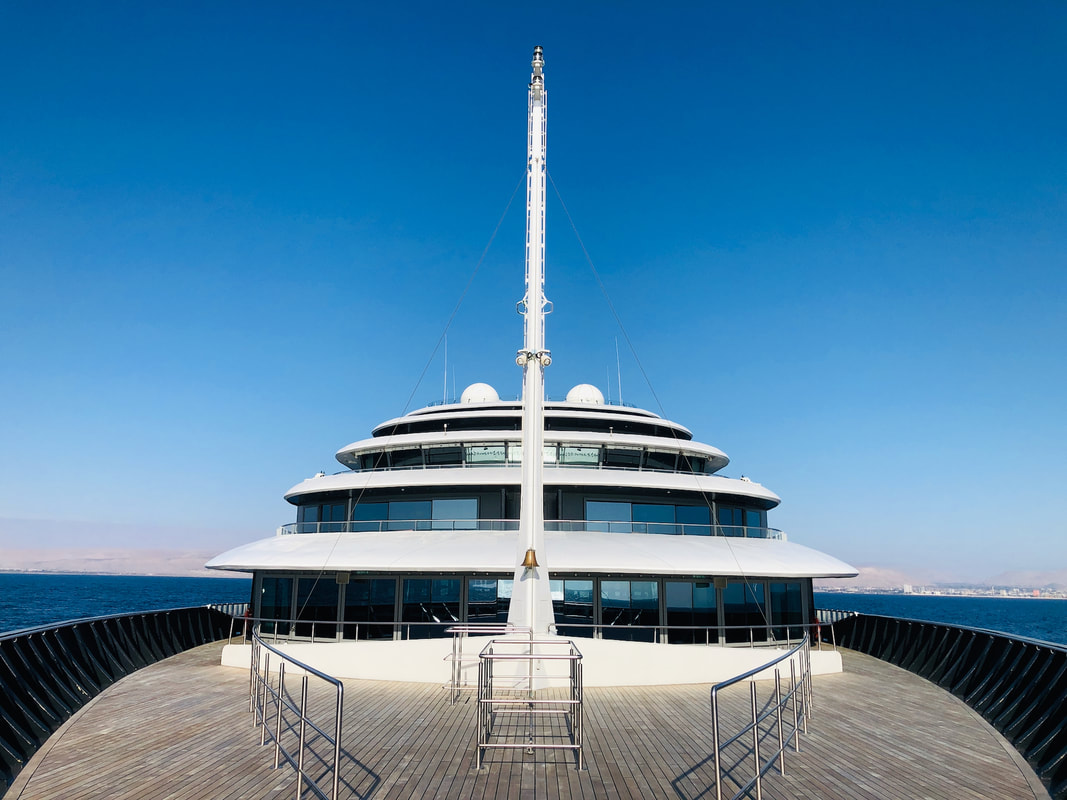
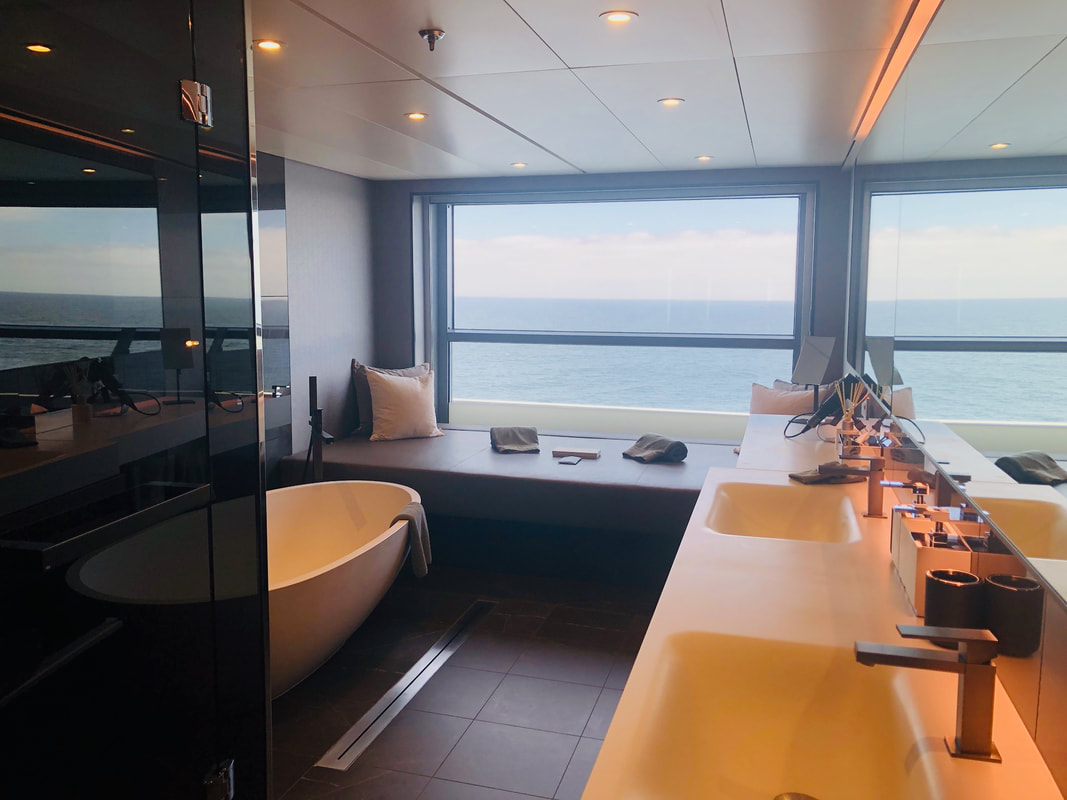
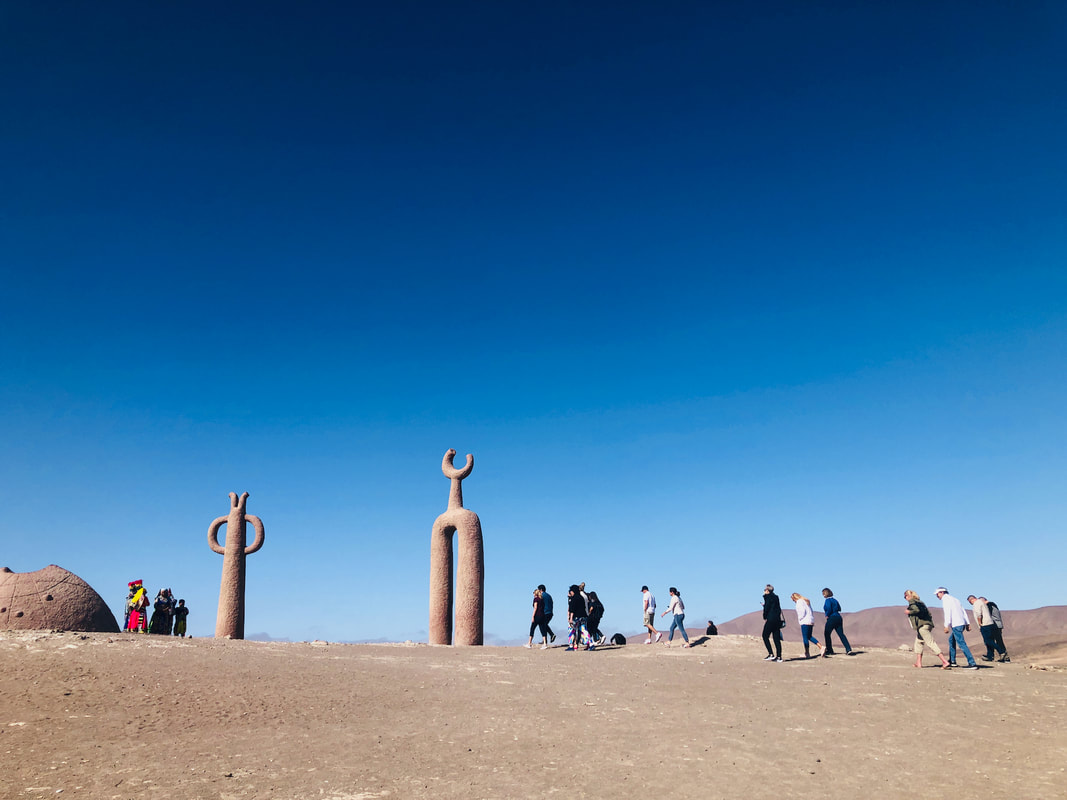
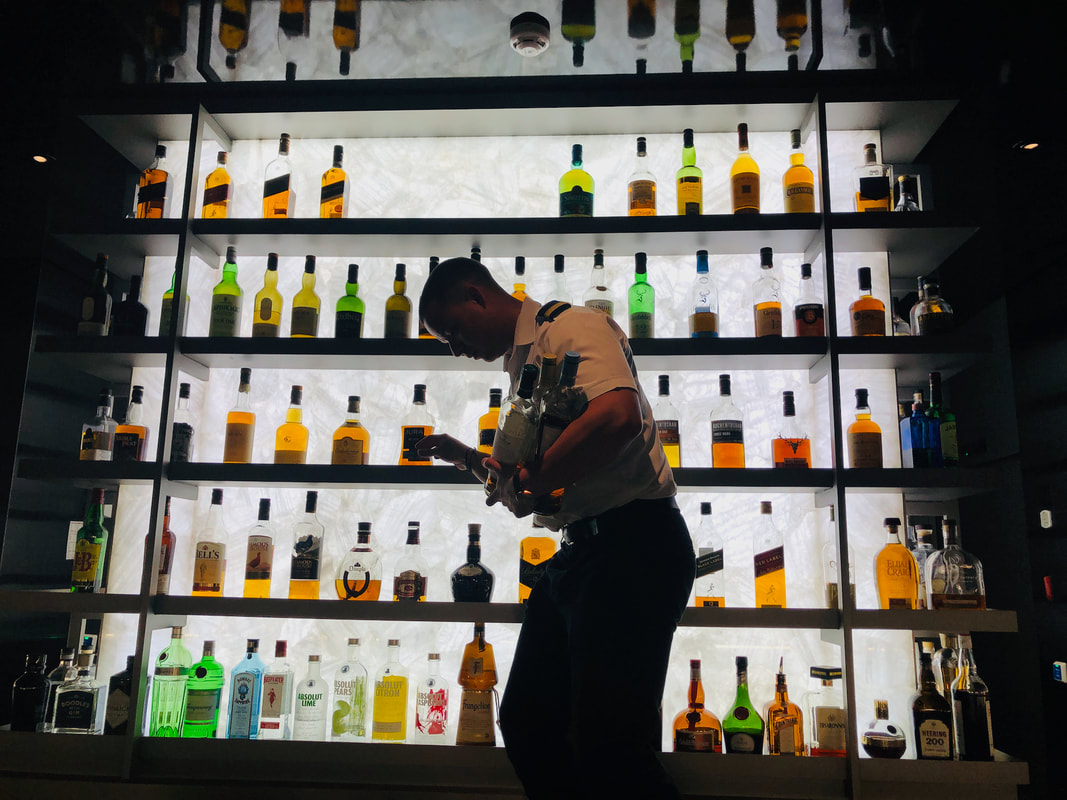
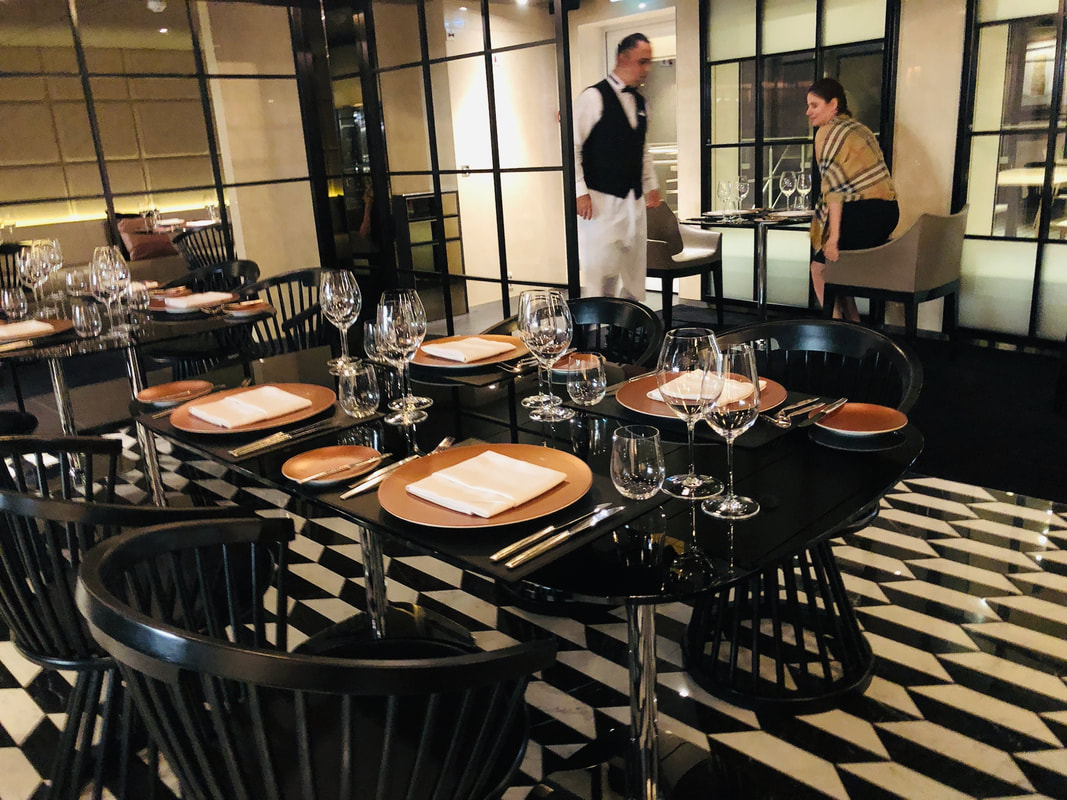
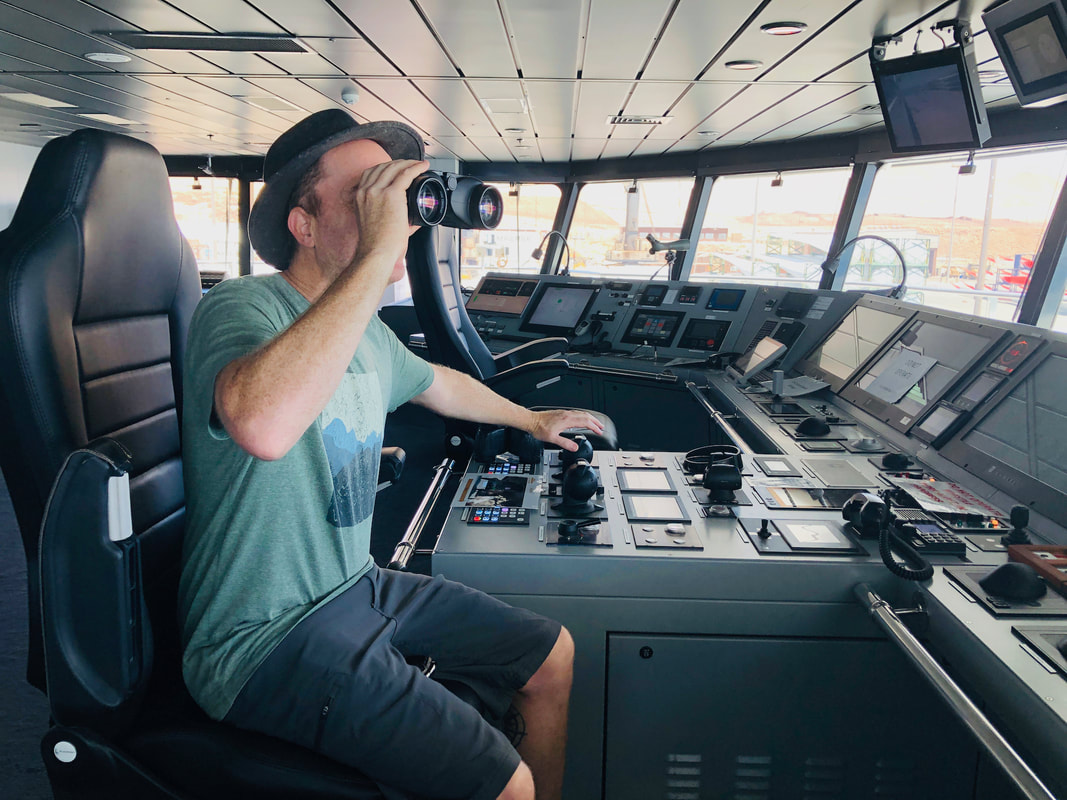
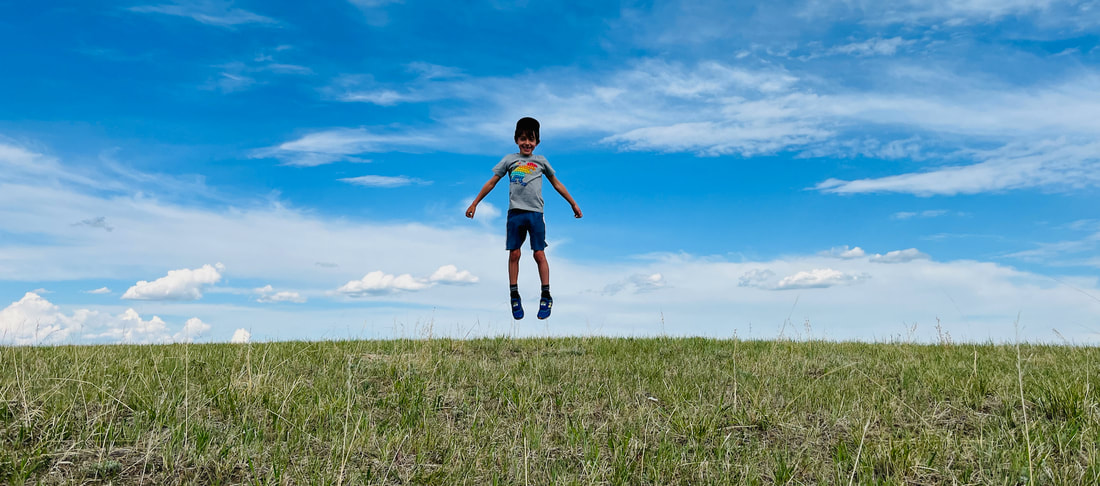
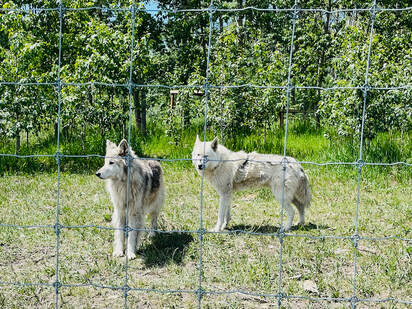
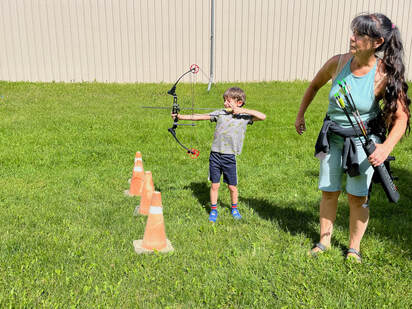
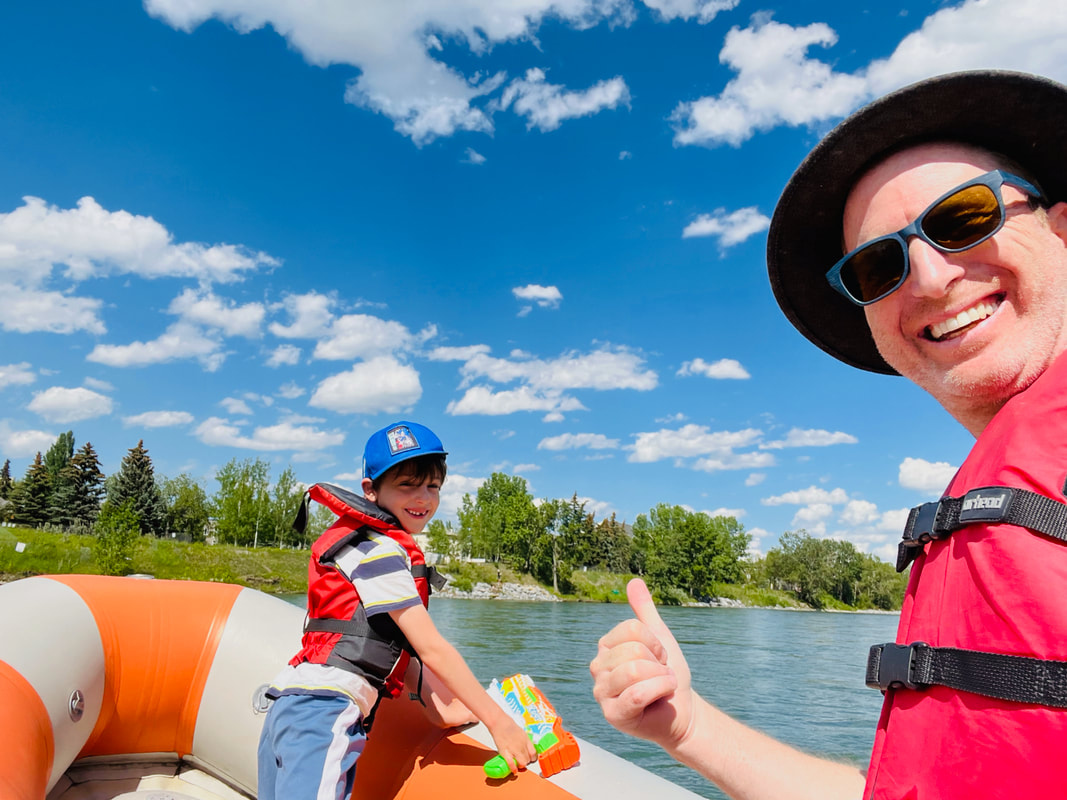
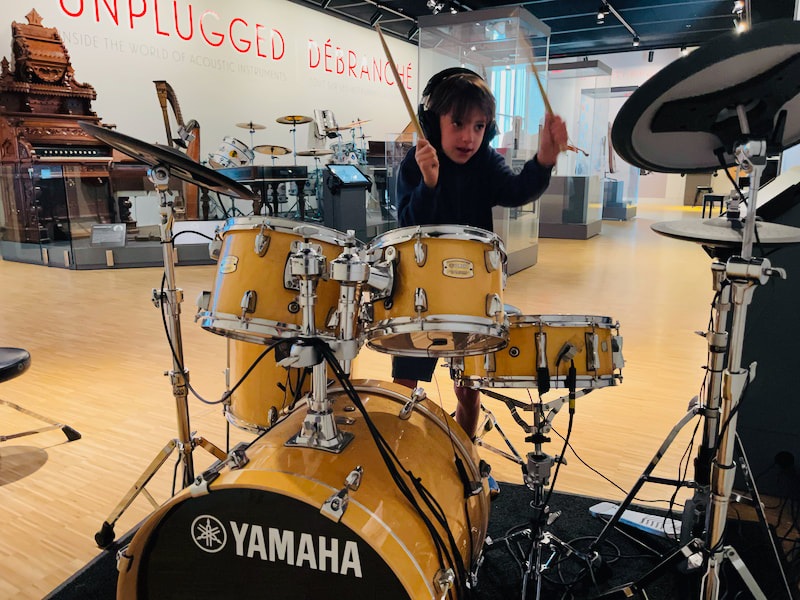
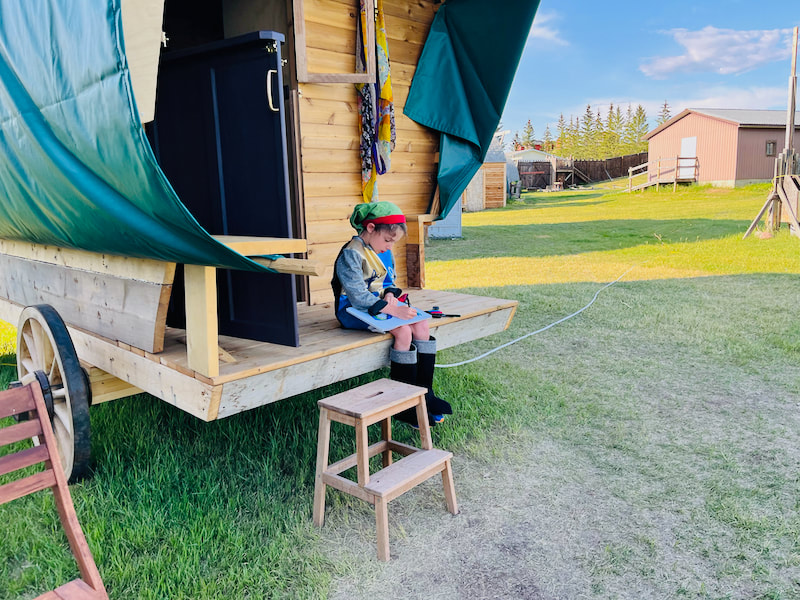
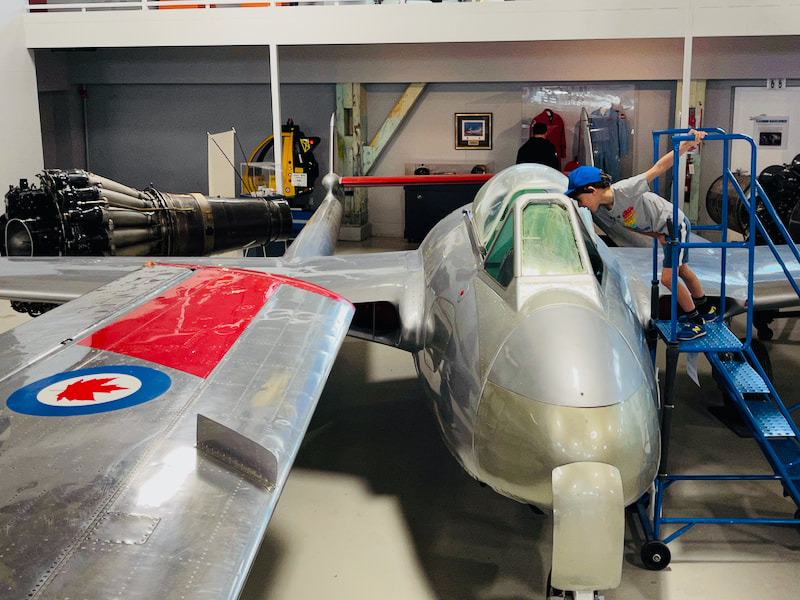
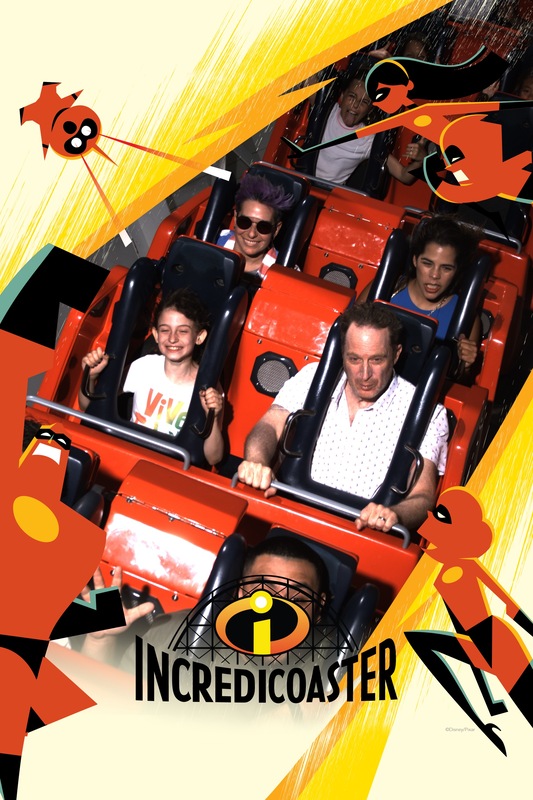

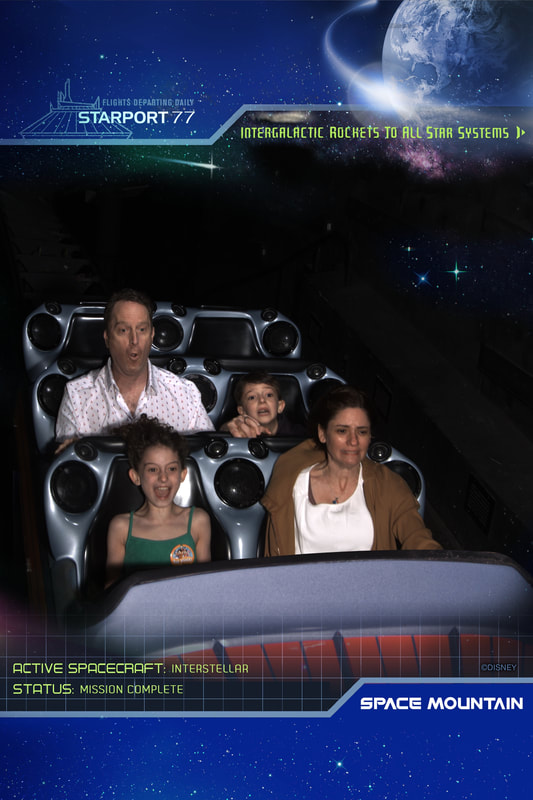
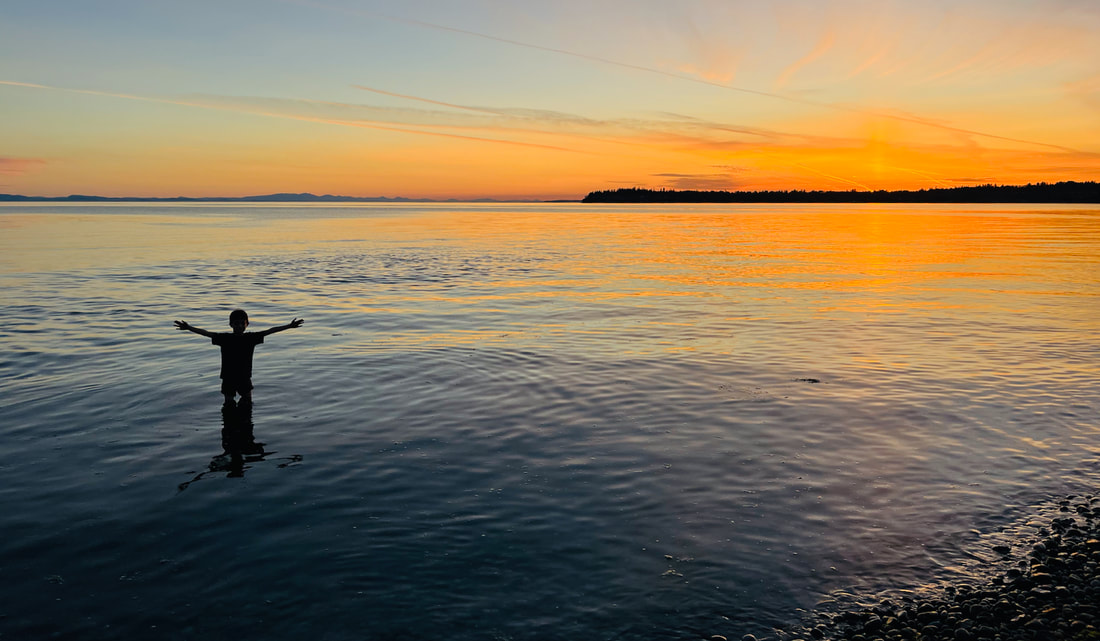
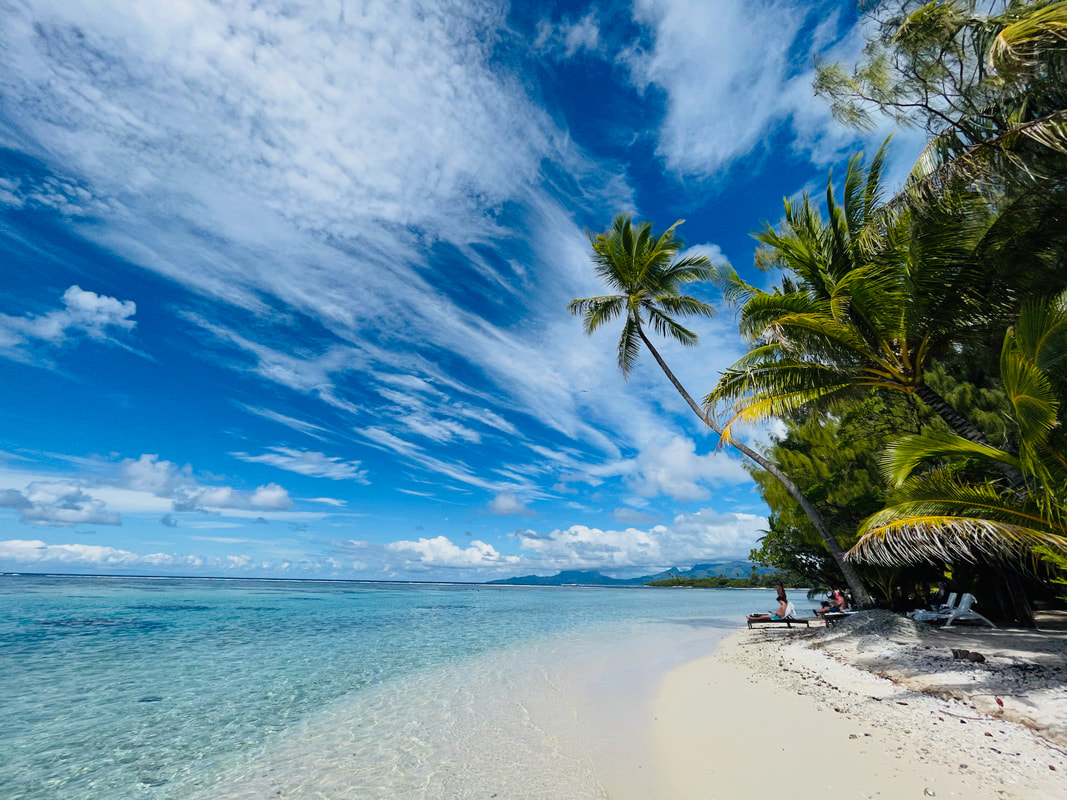
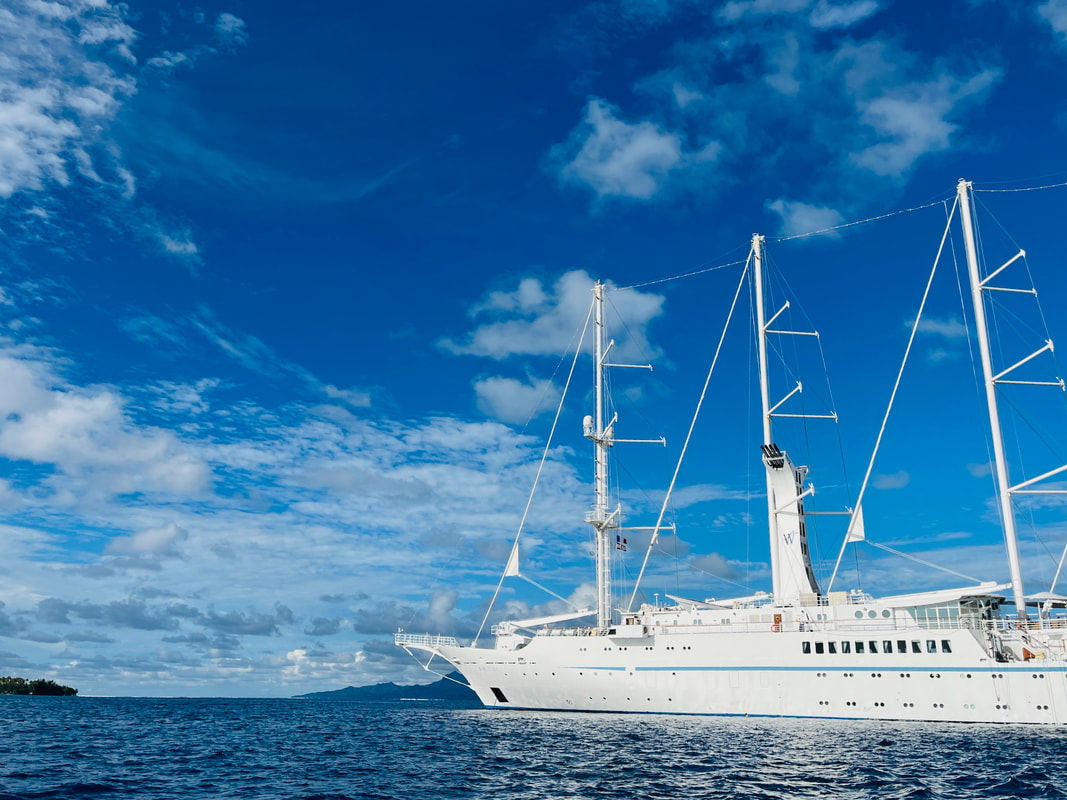
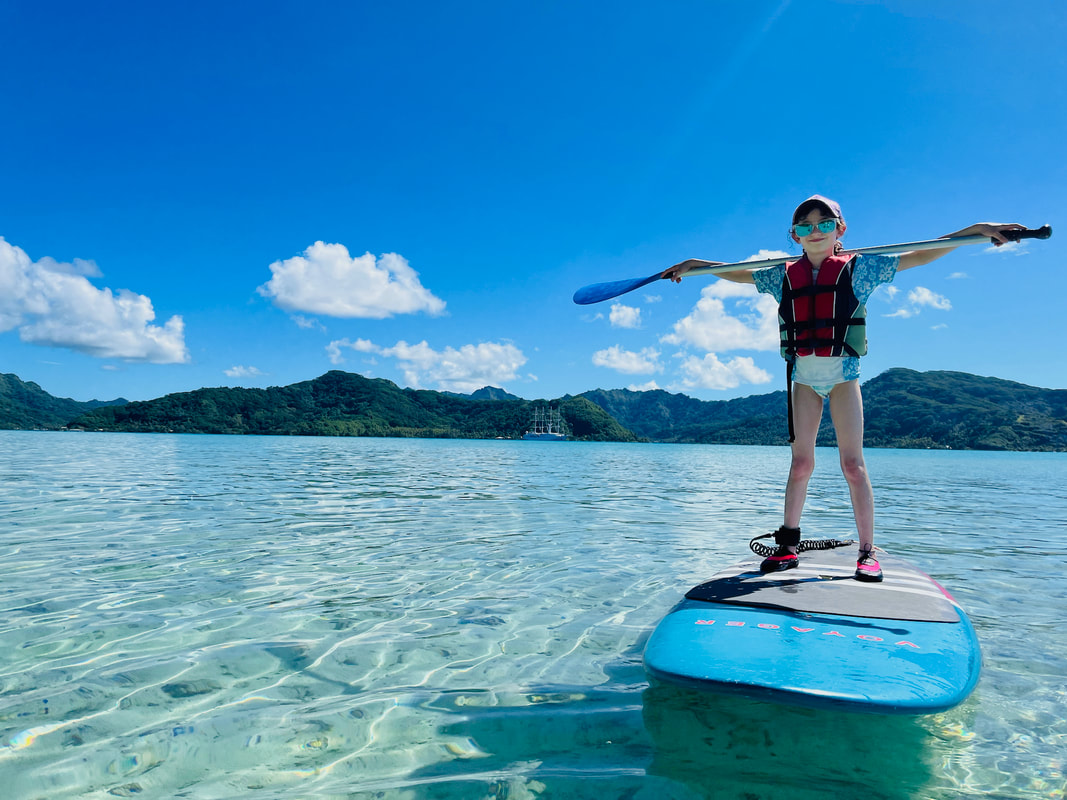
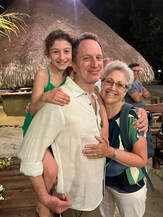
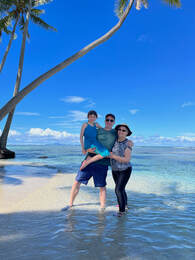
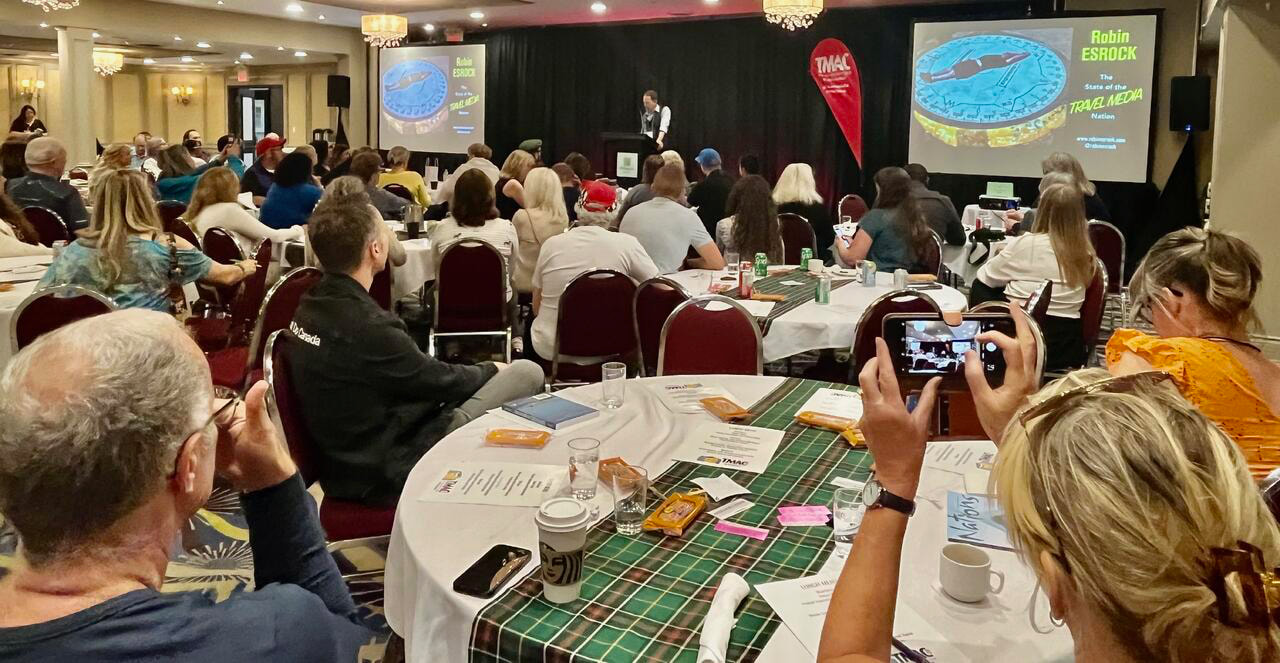
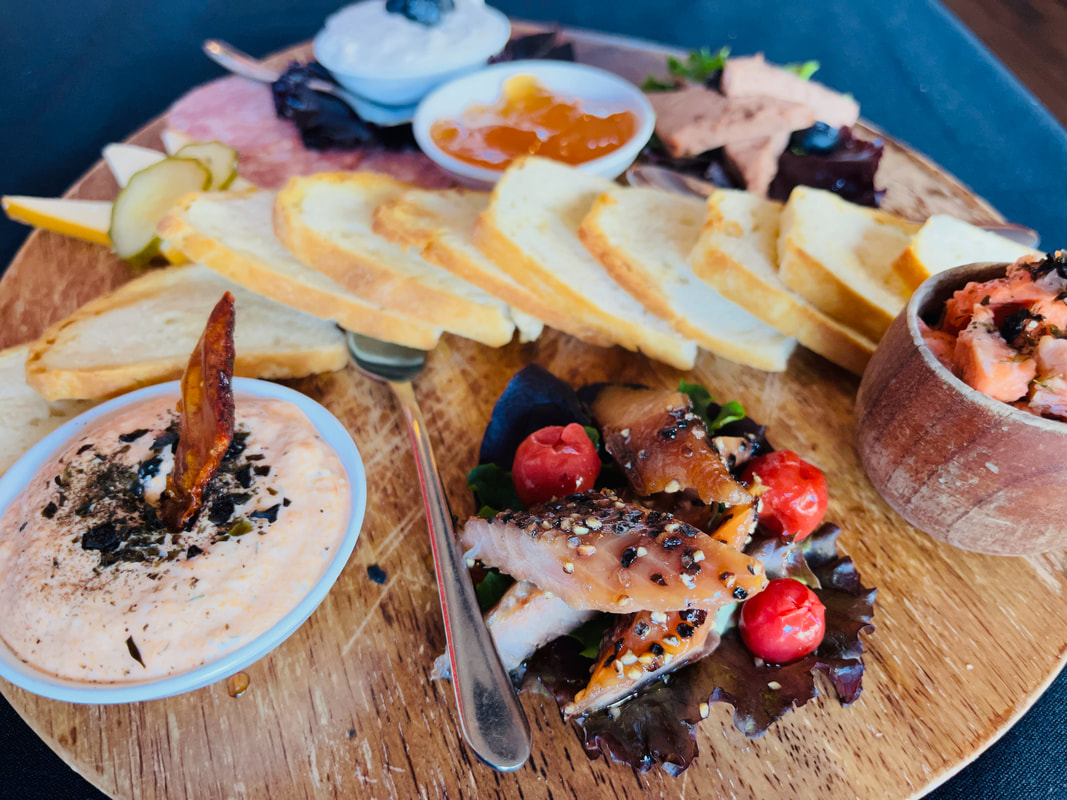
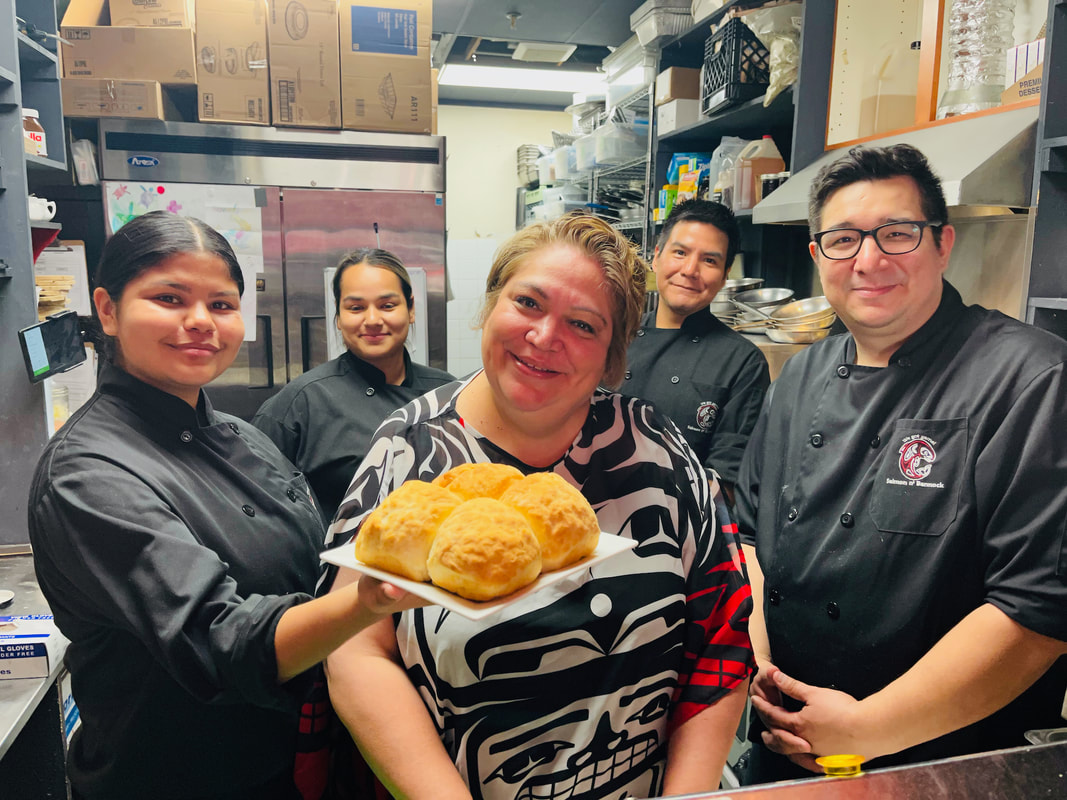
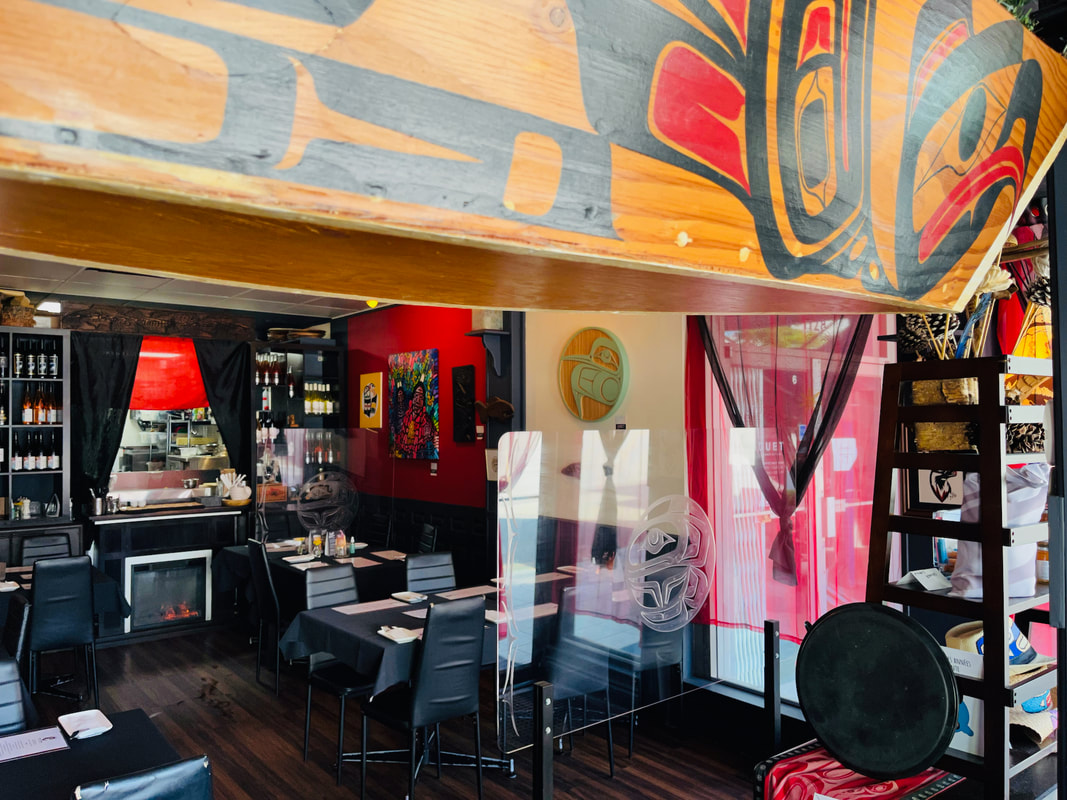
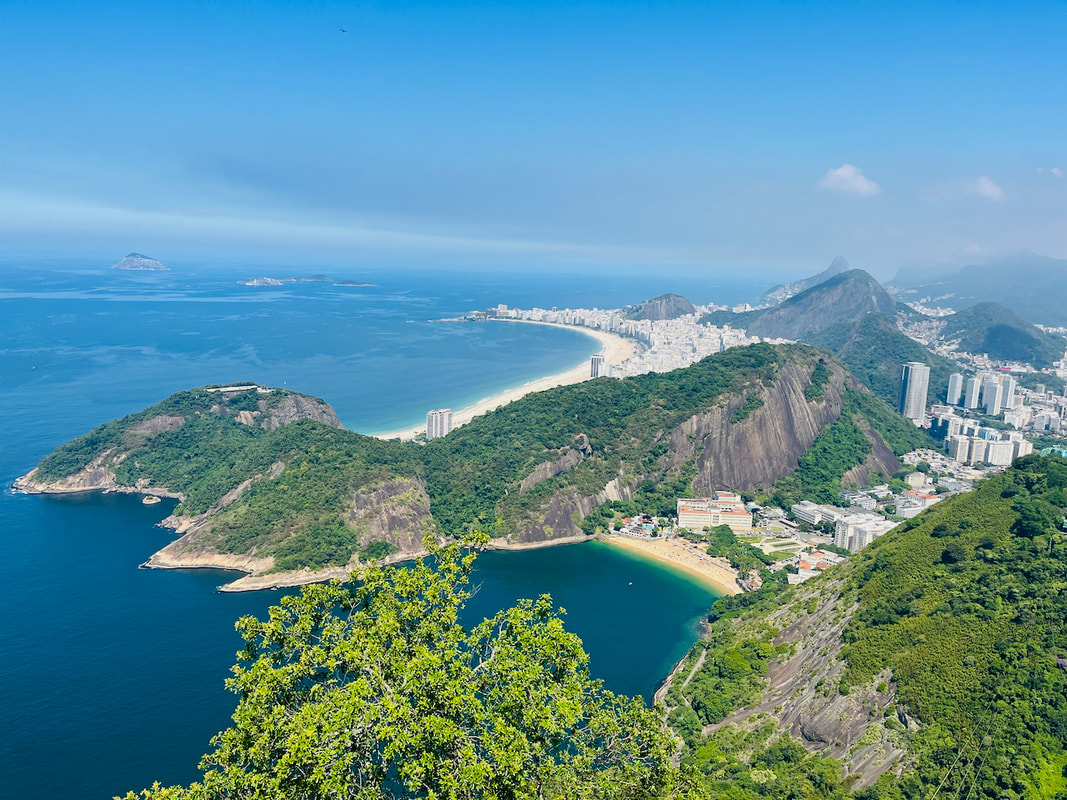
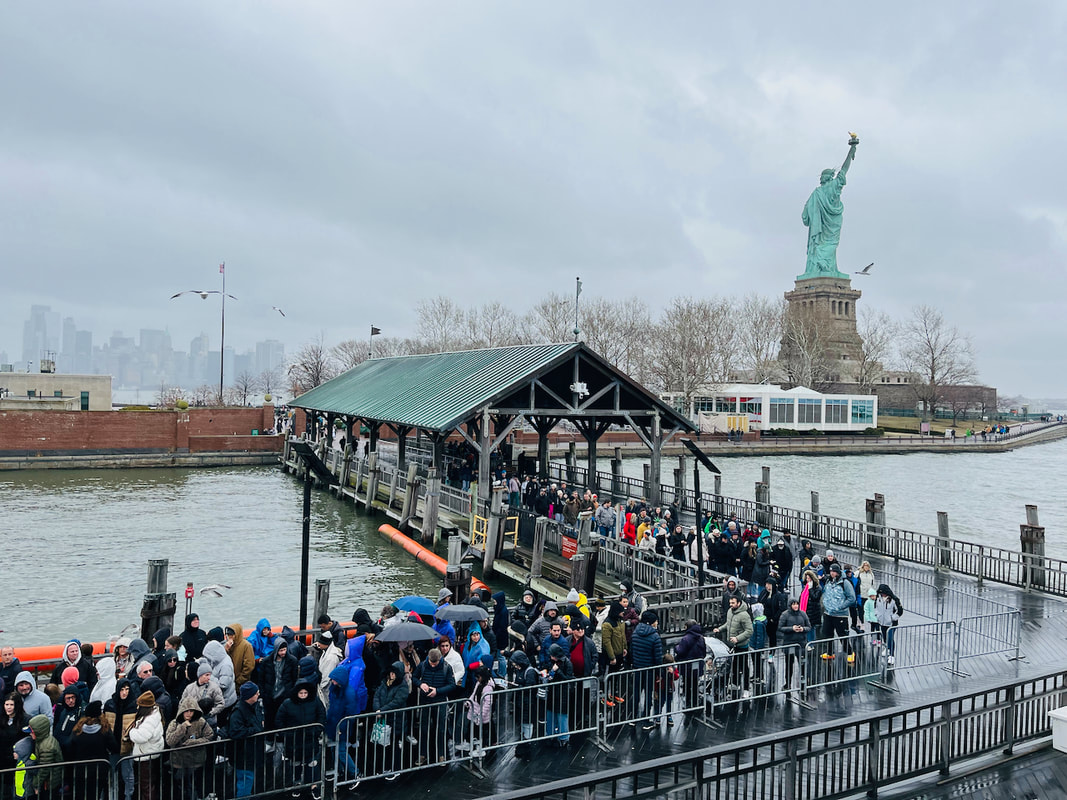

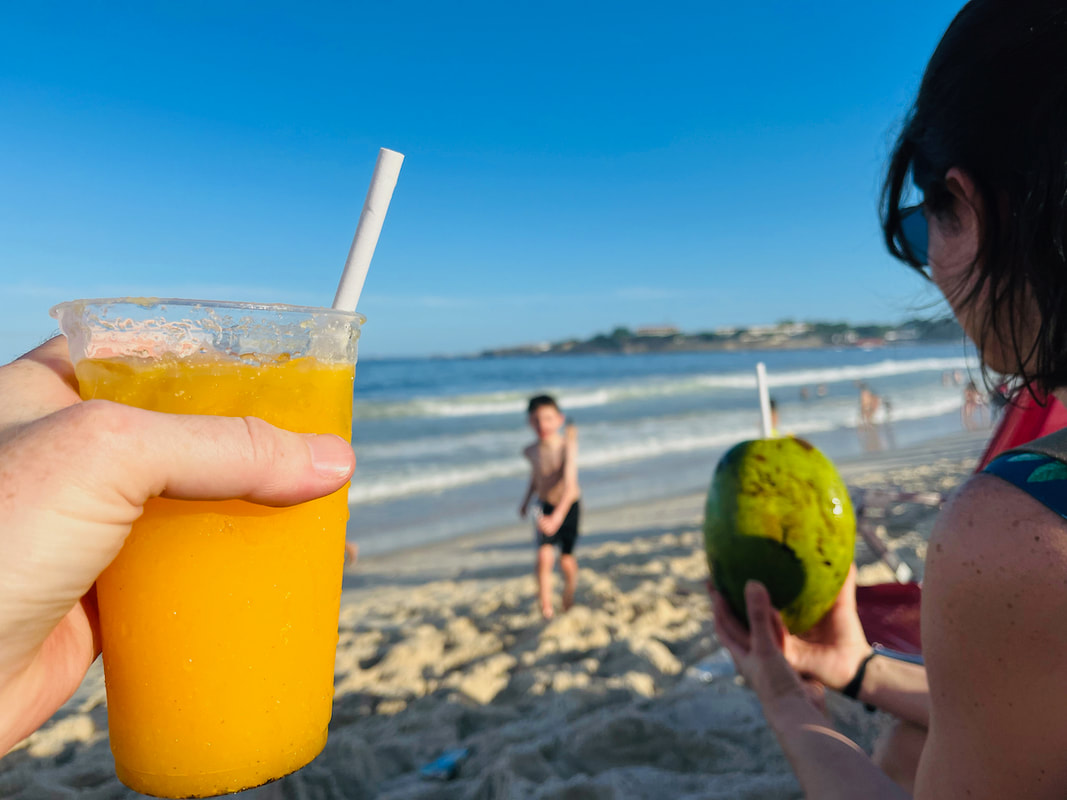
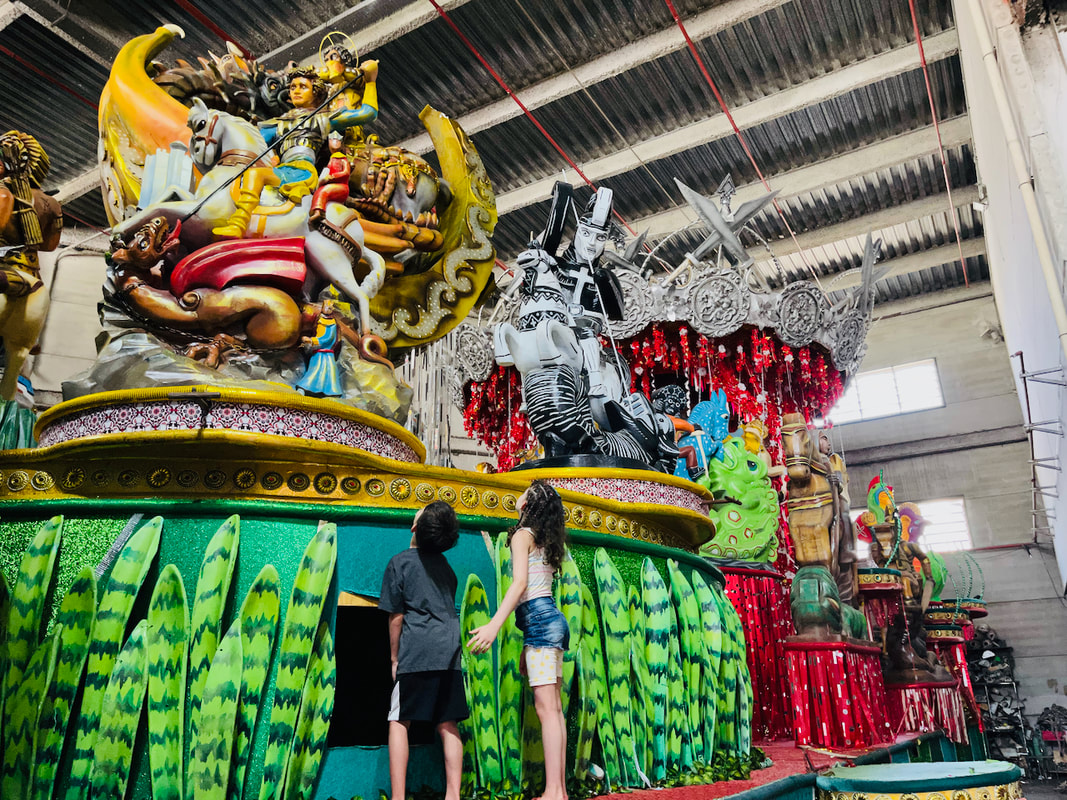


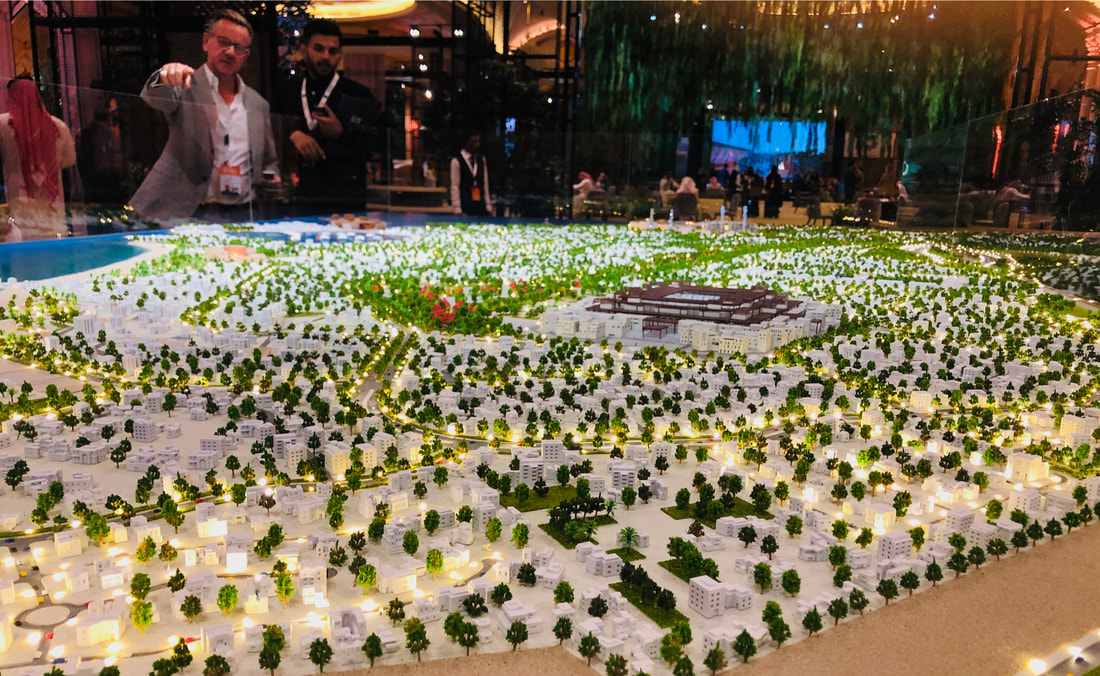







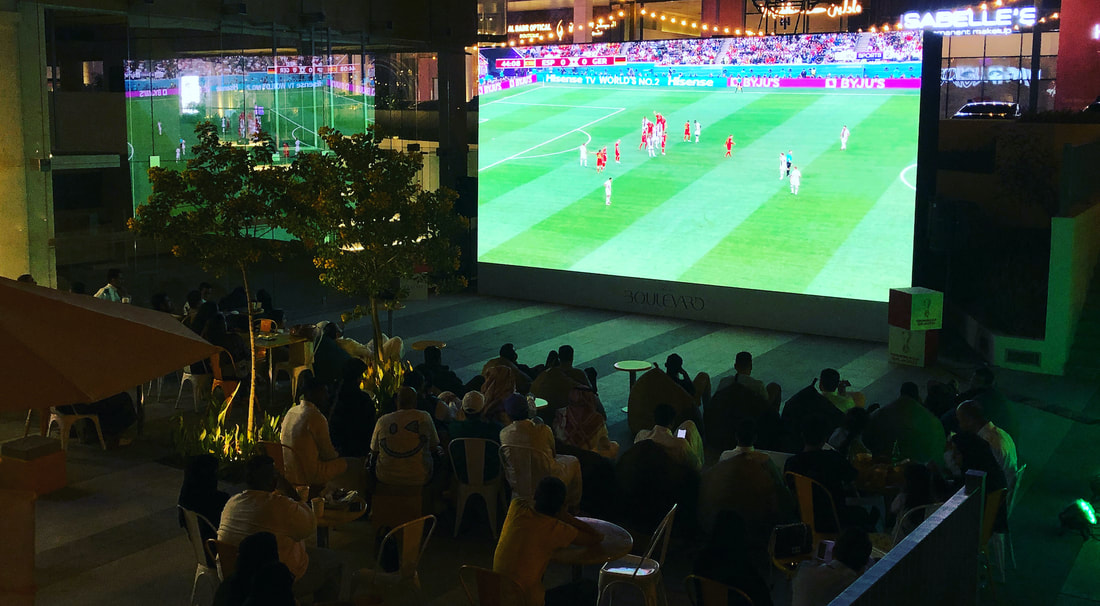

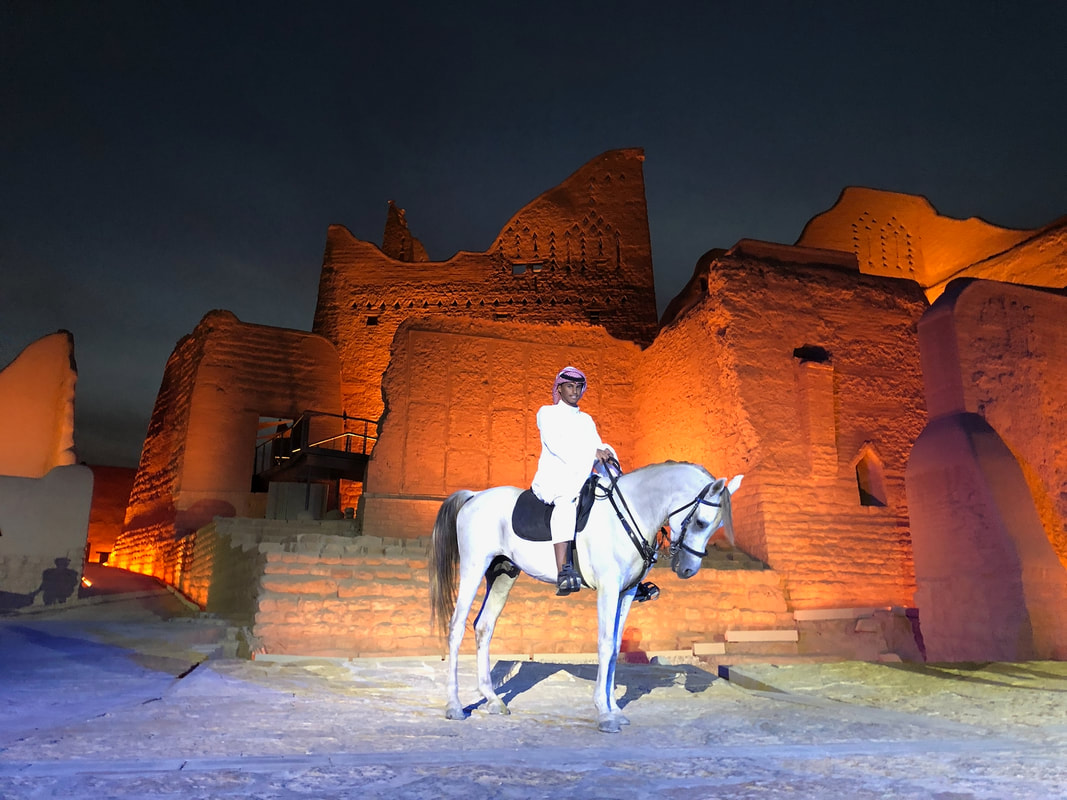
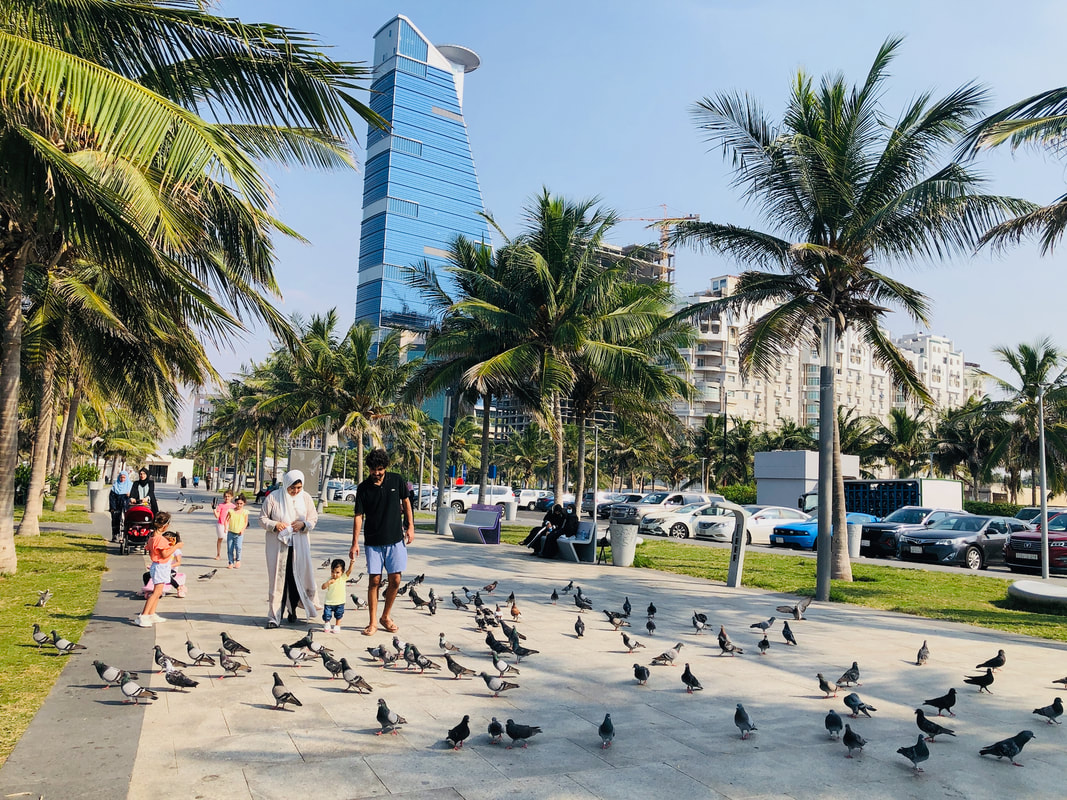
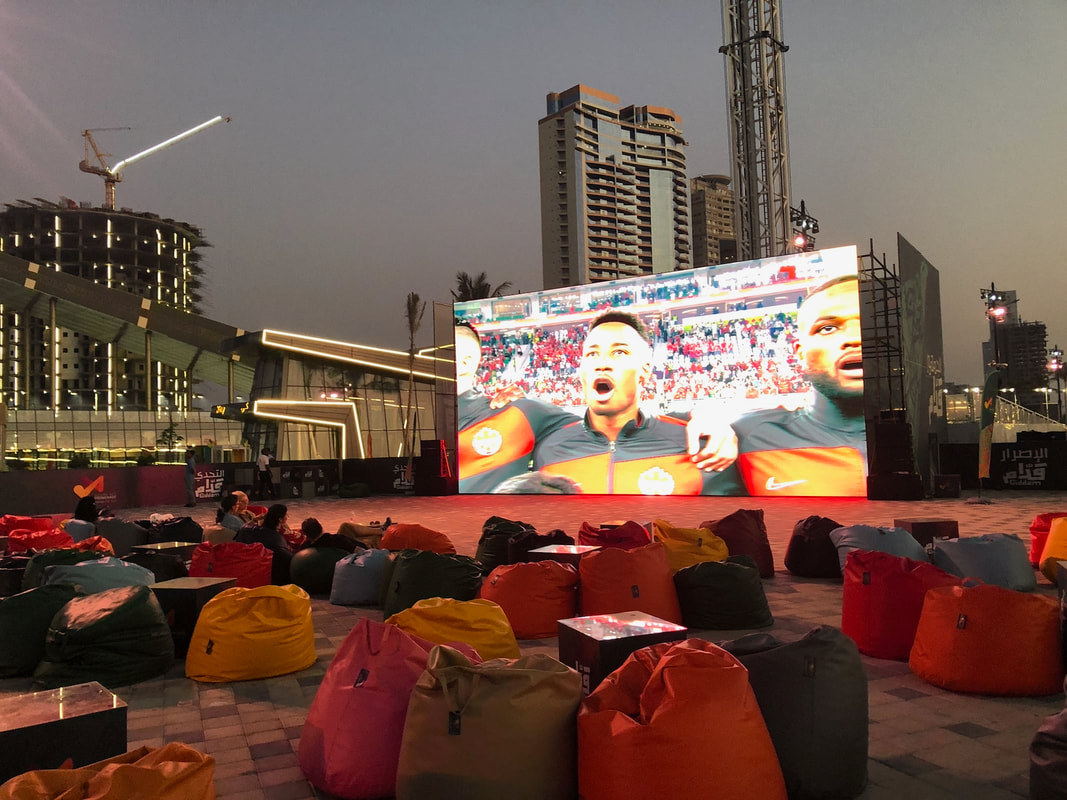
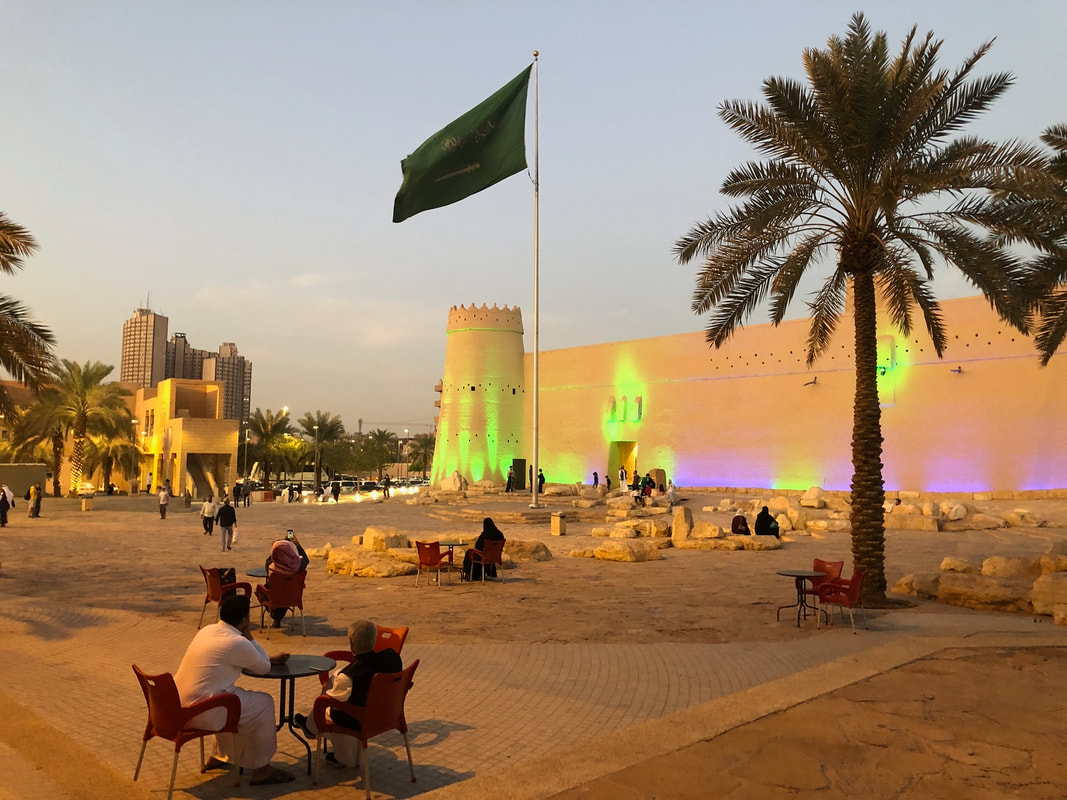
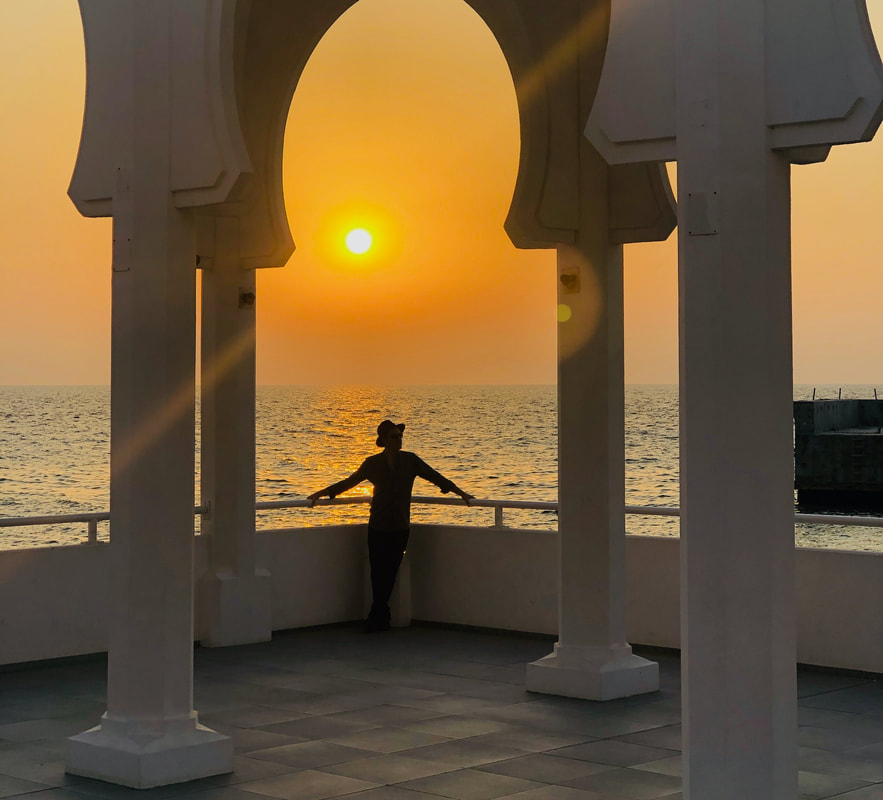
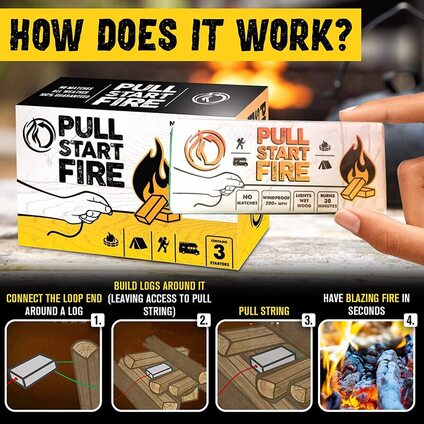
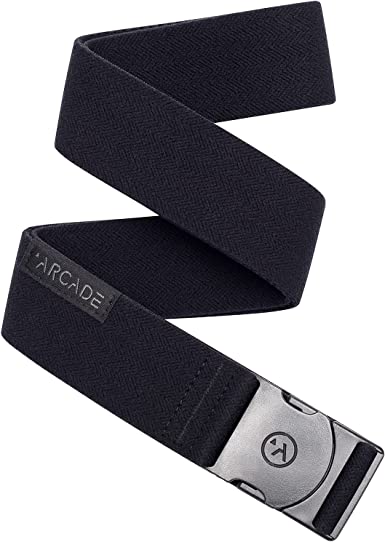

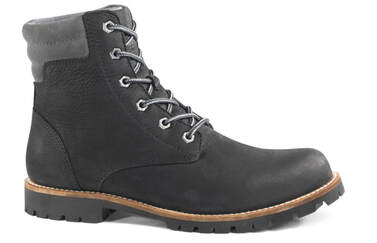


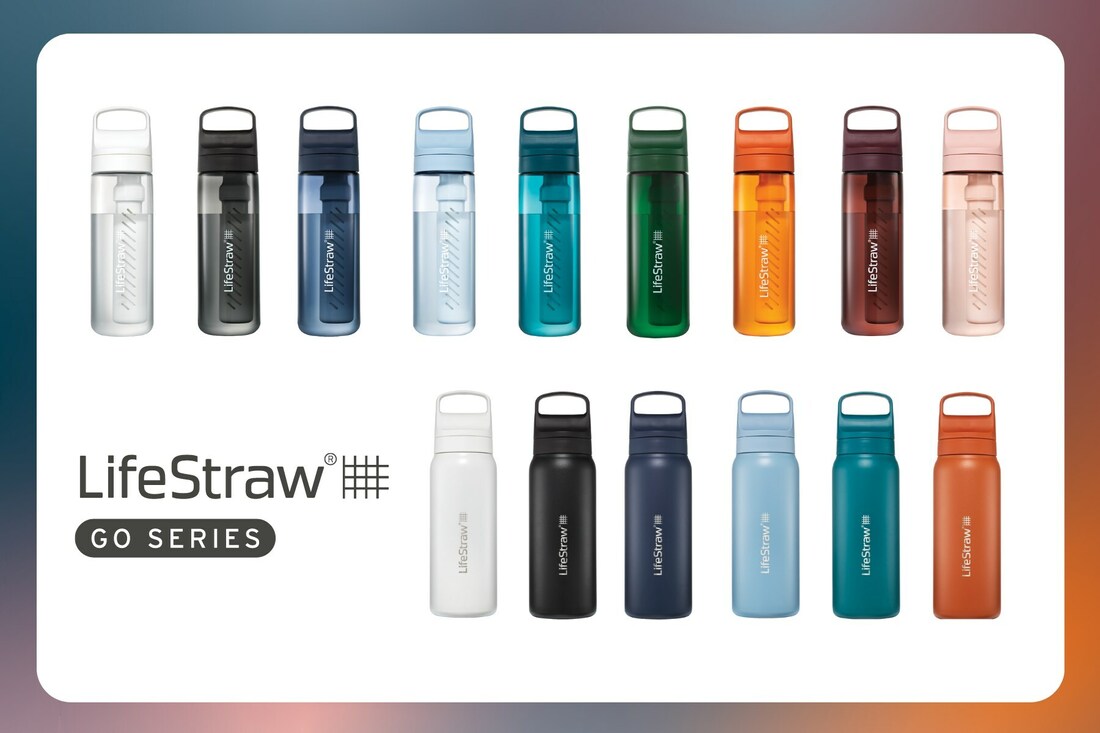
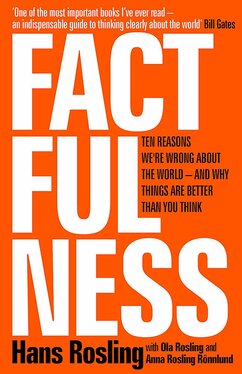



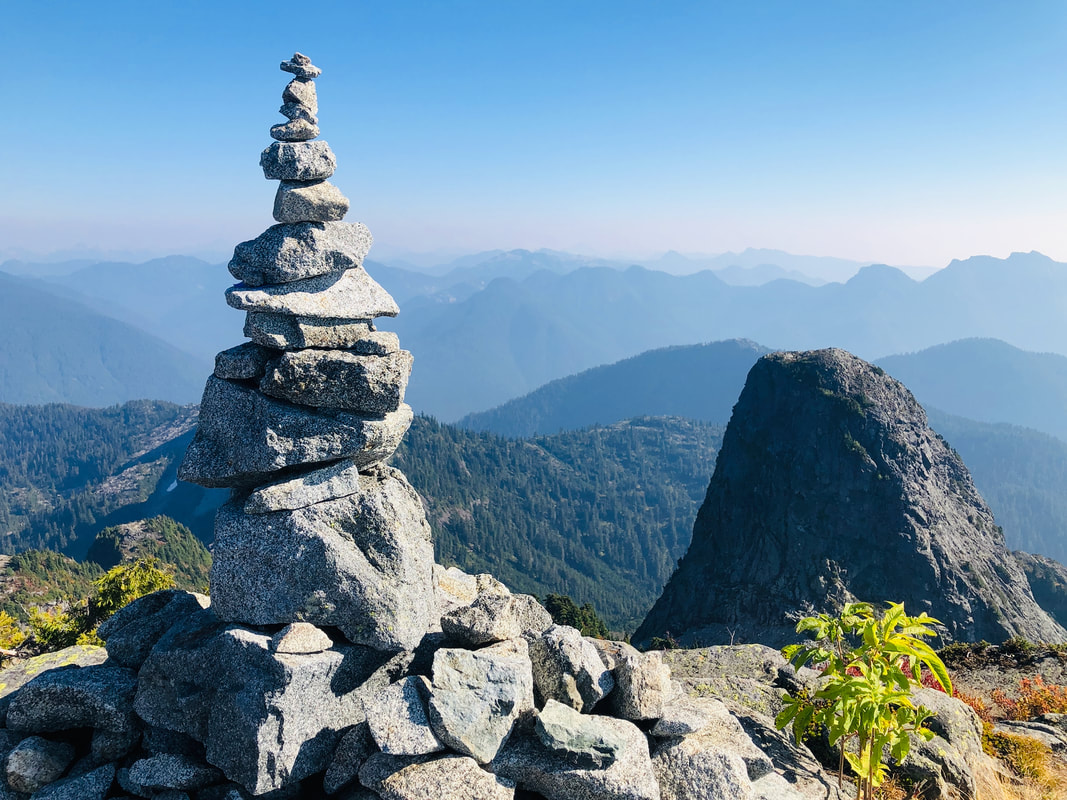
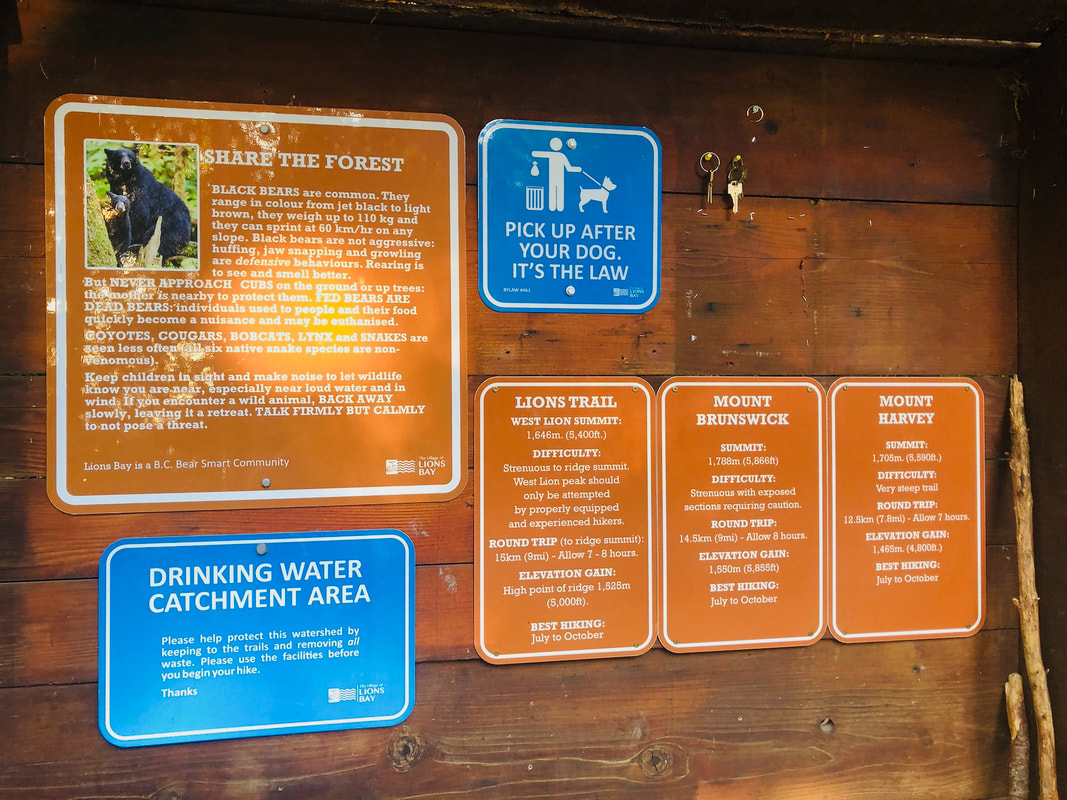
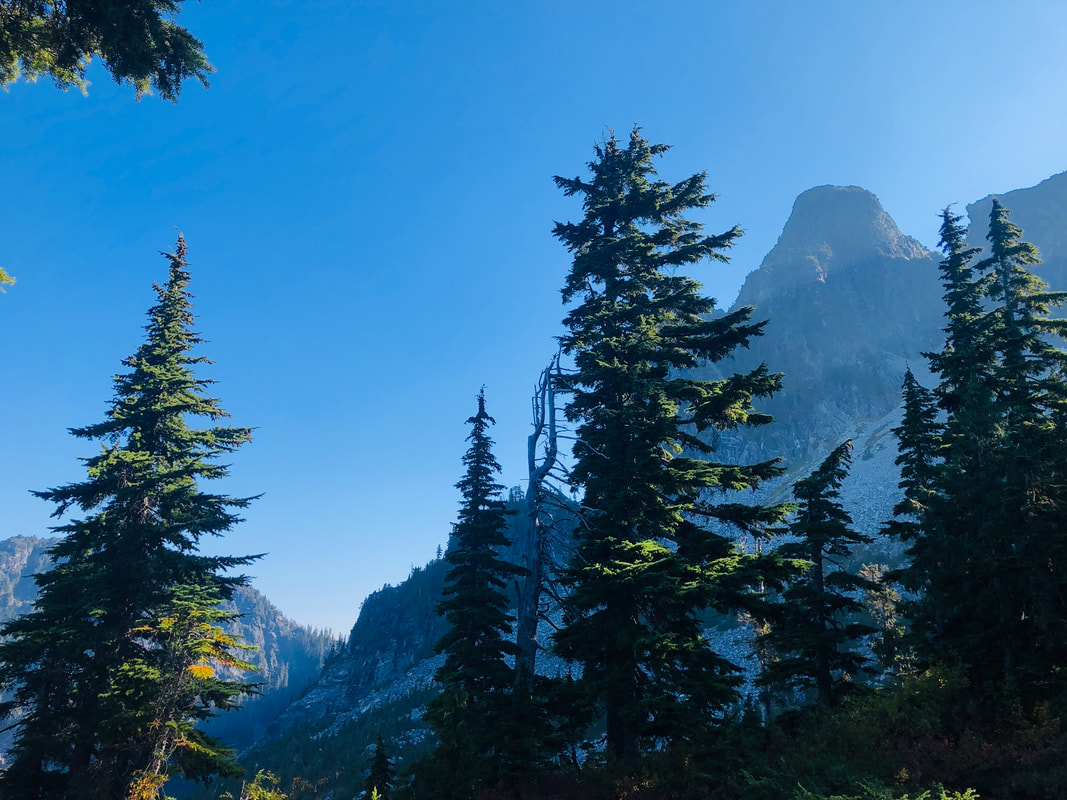
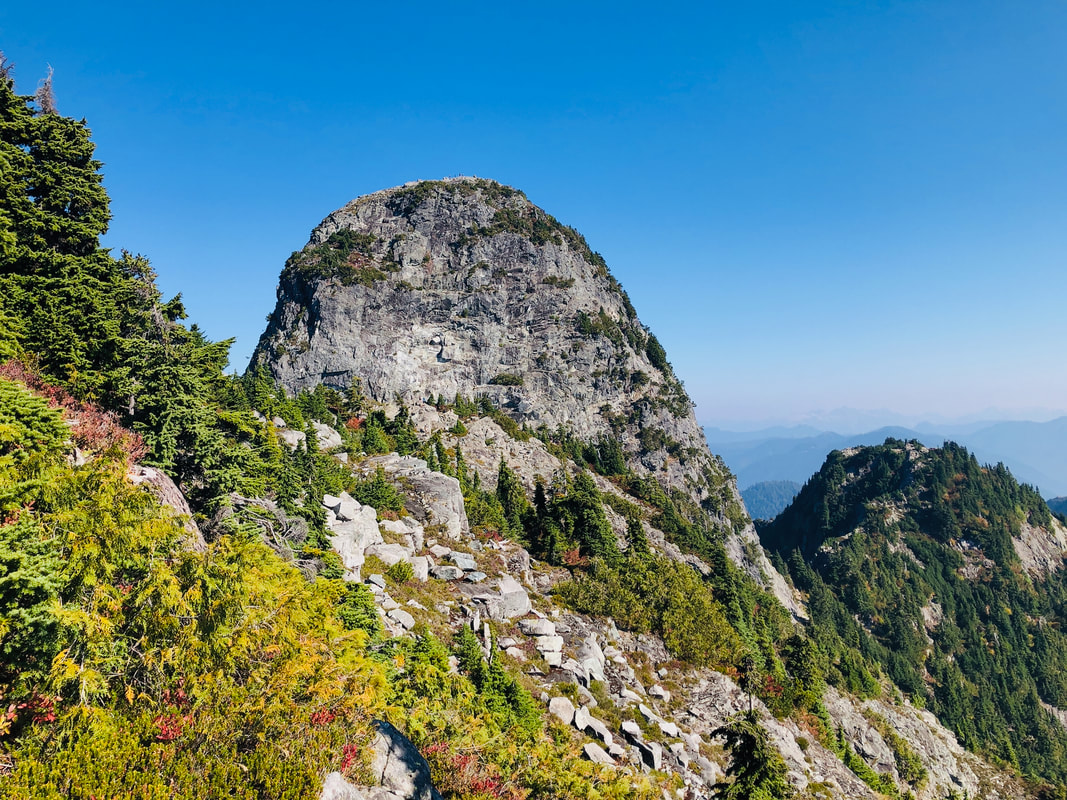
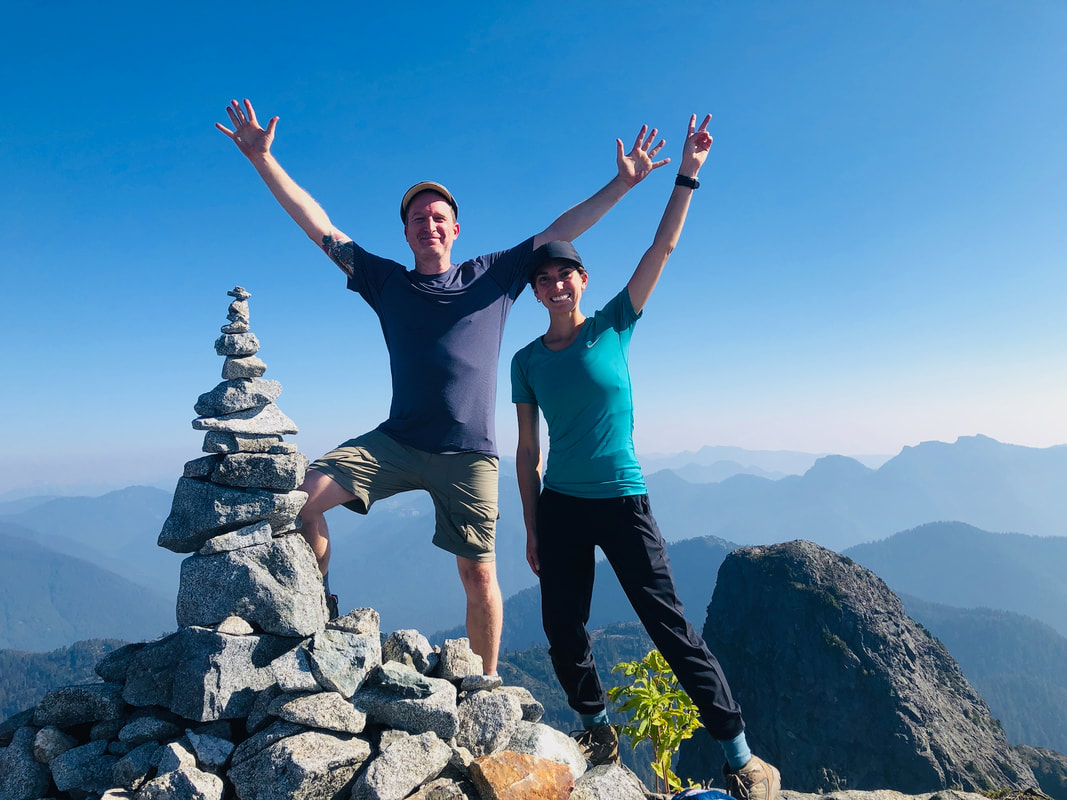
 RSS Feed
RSS Feed

